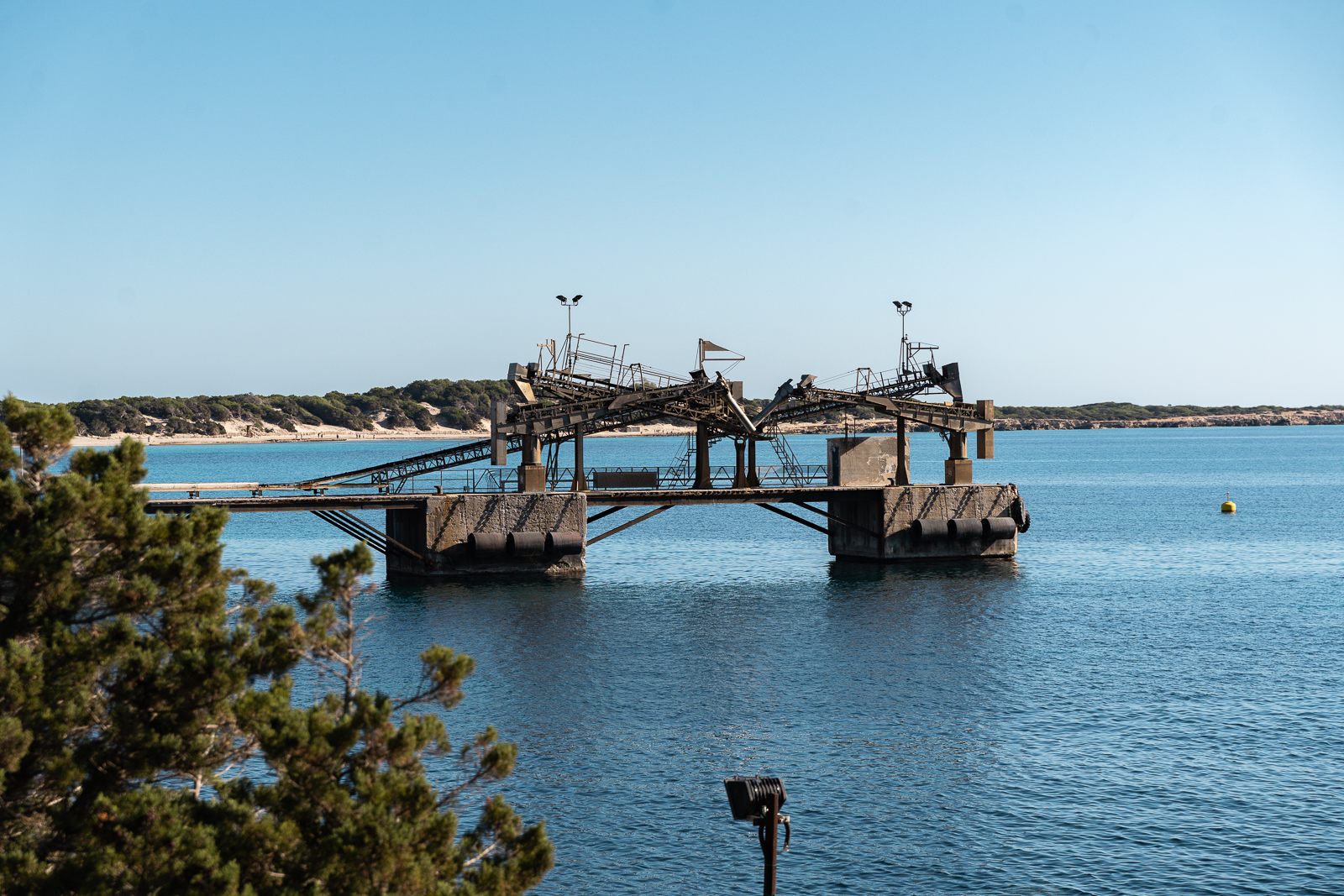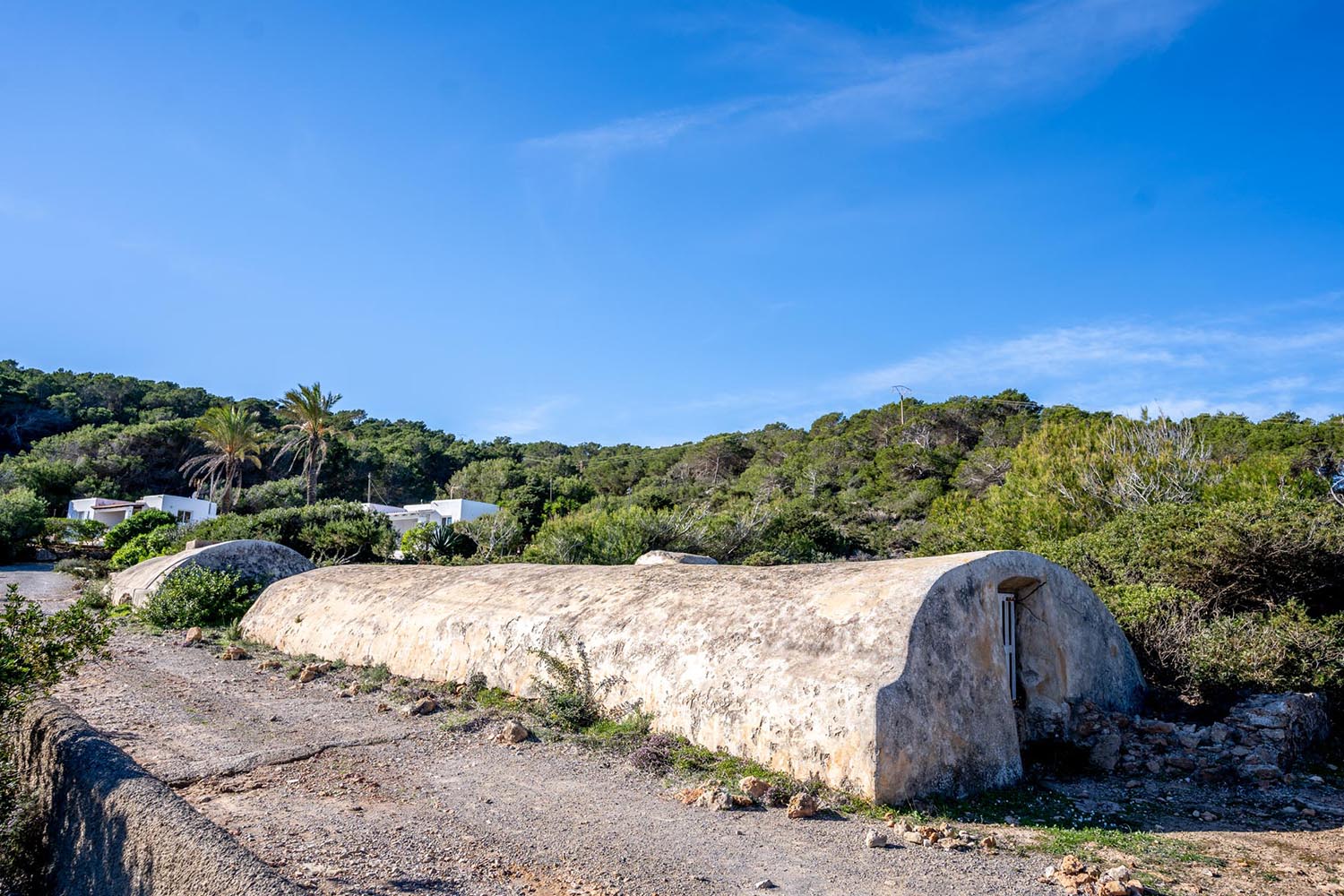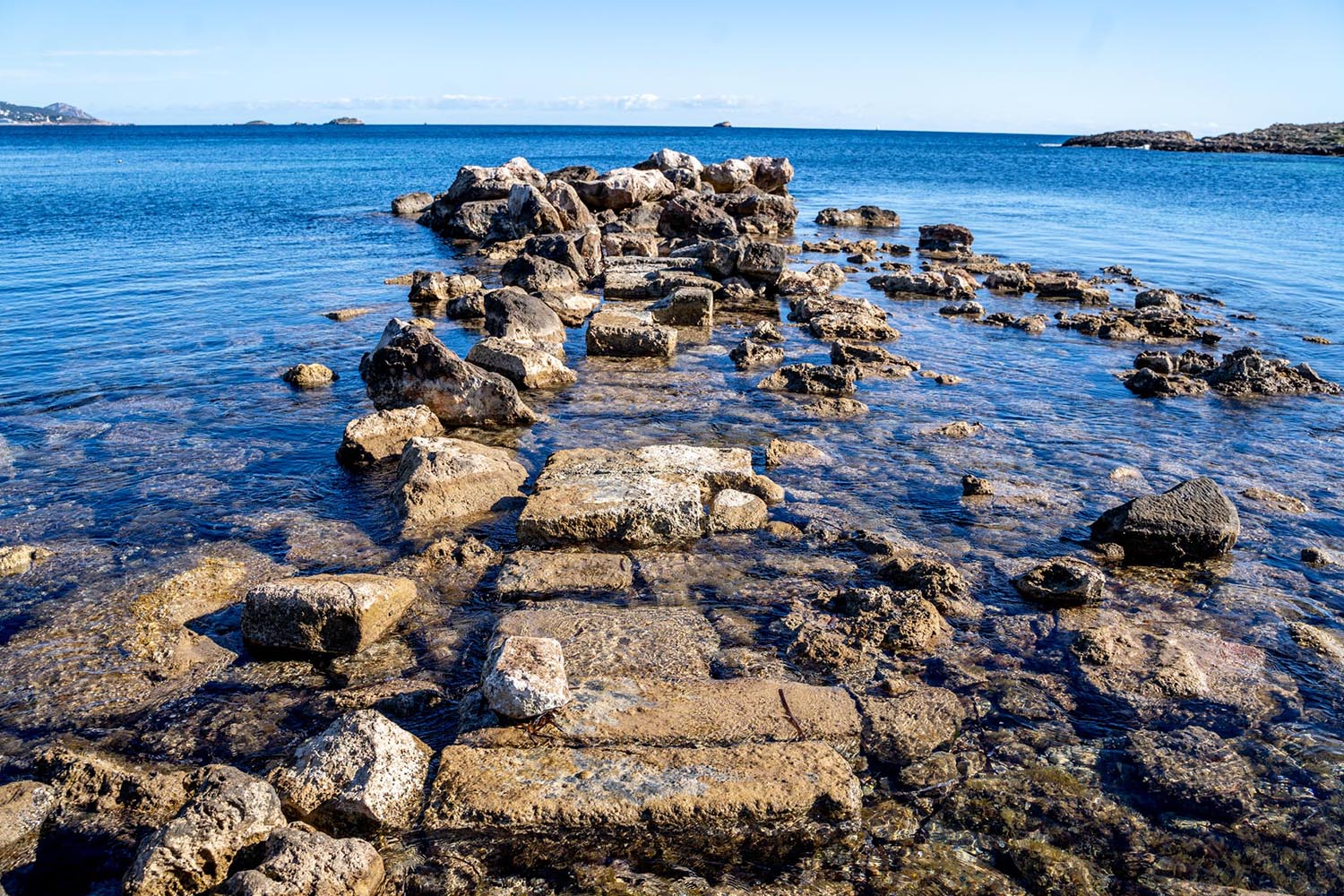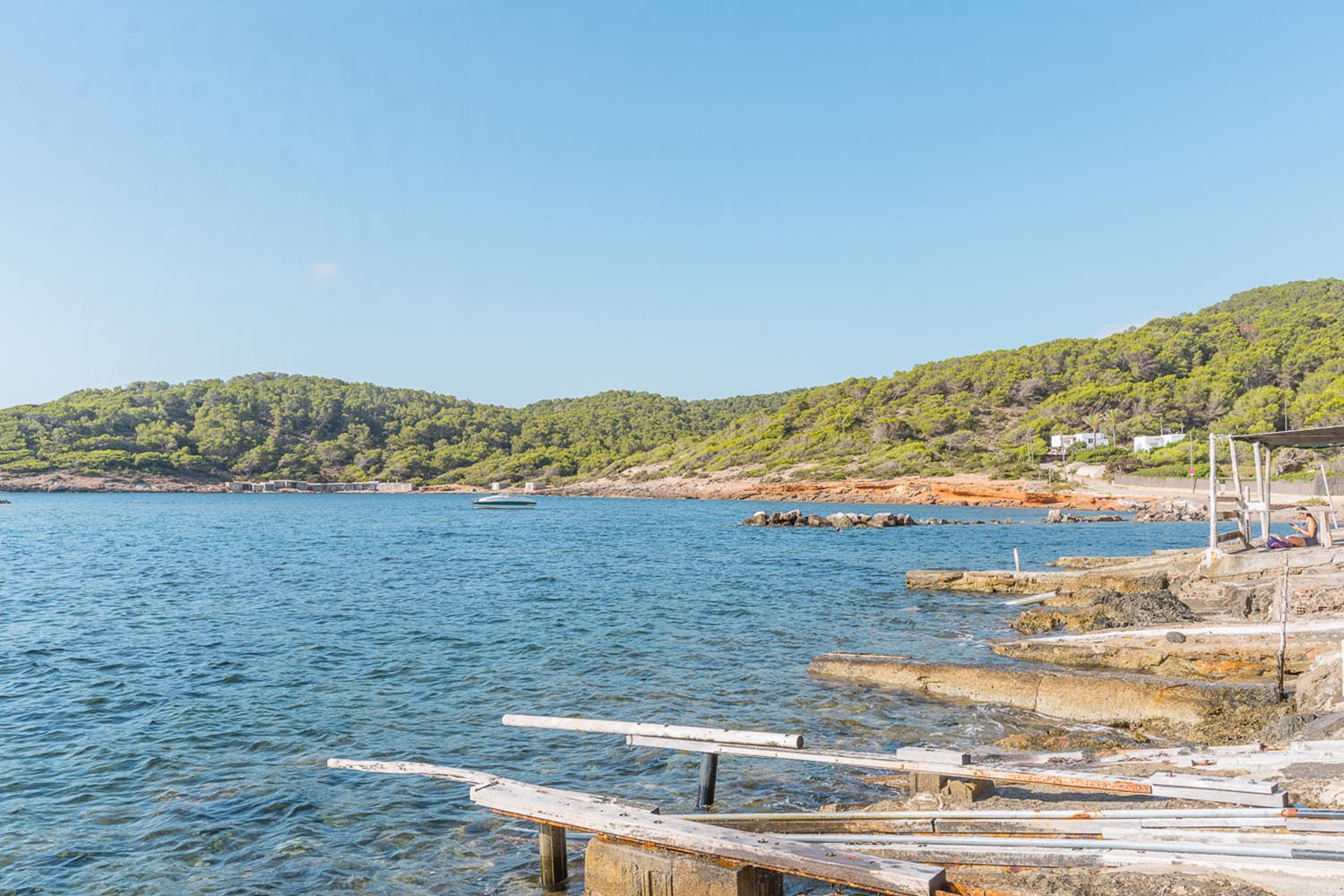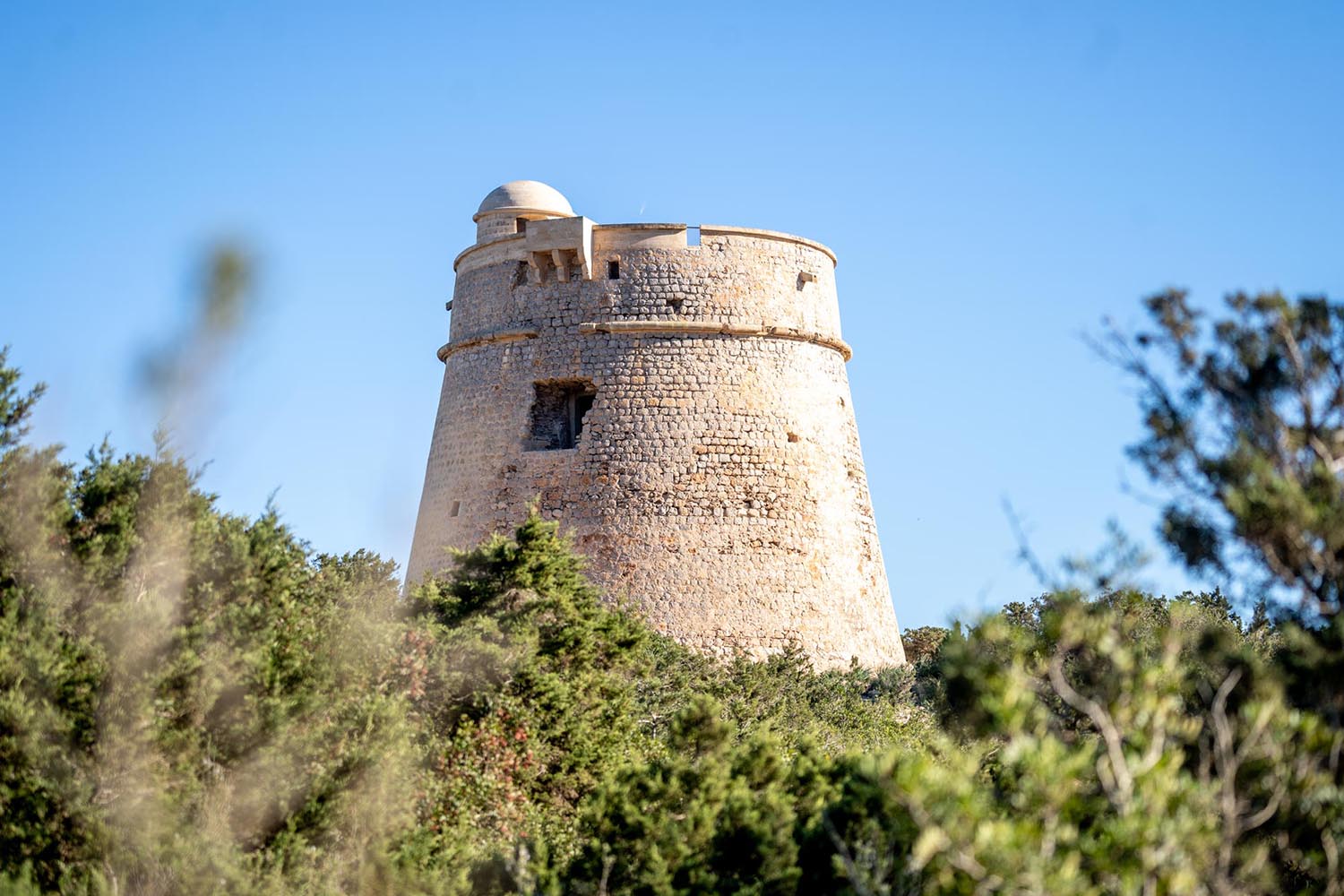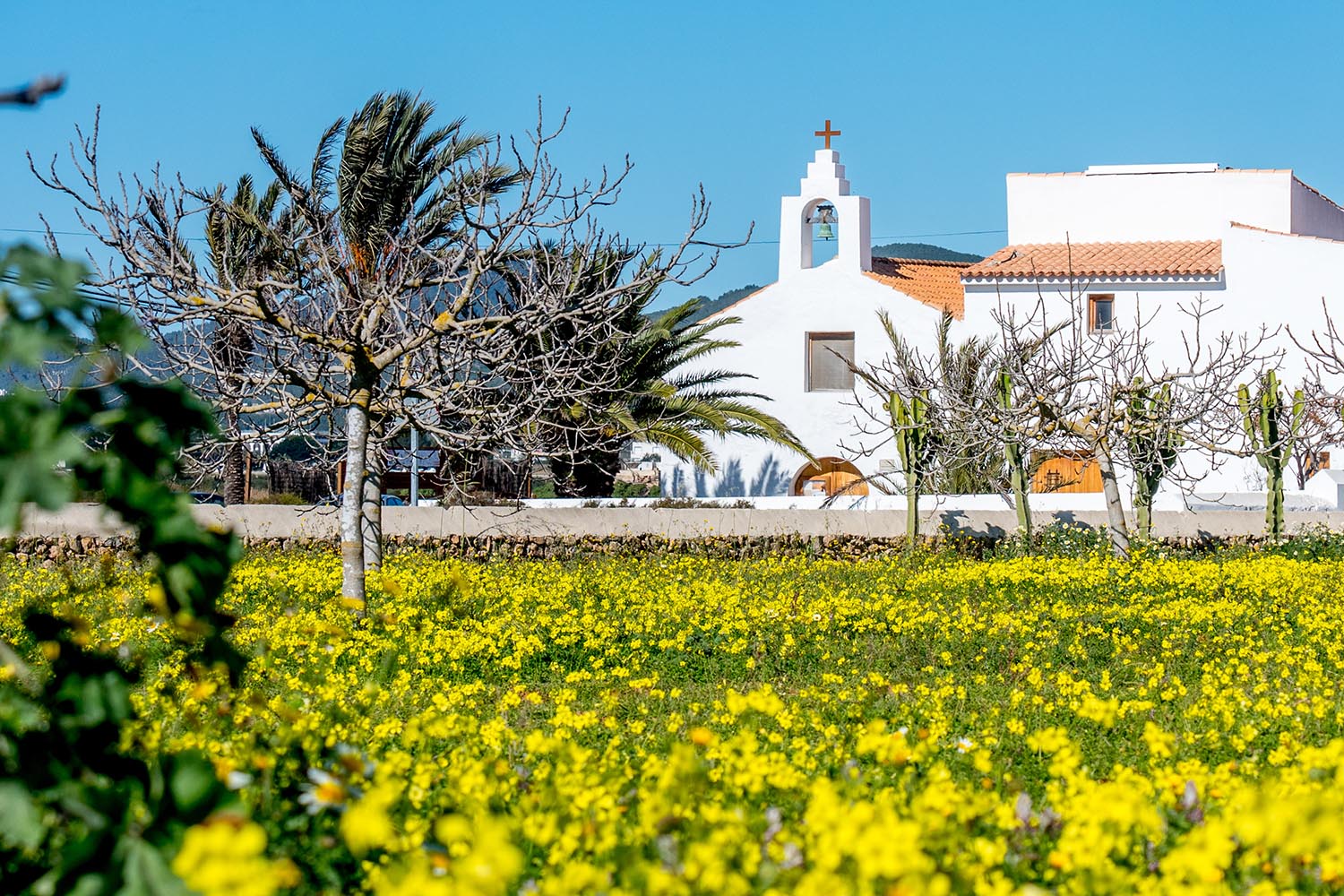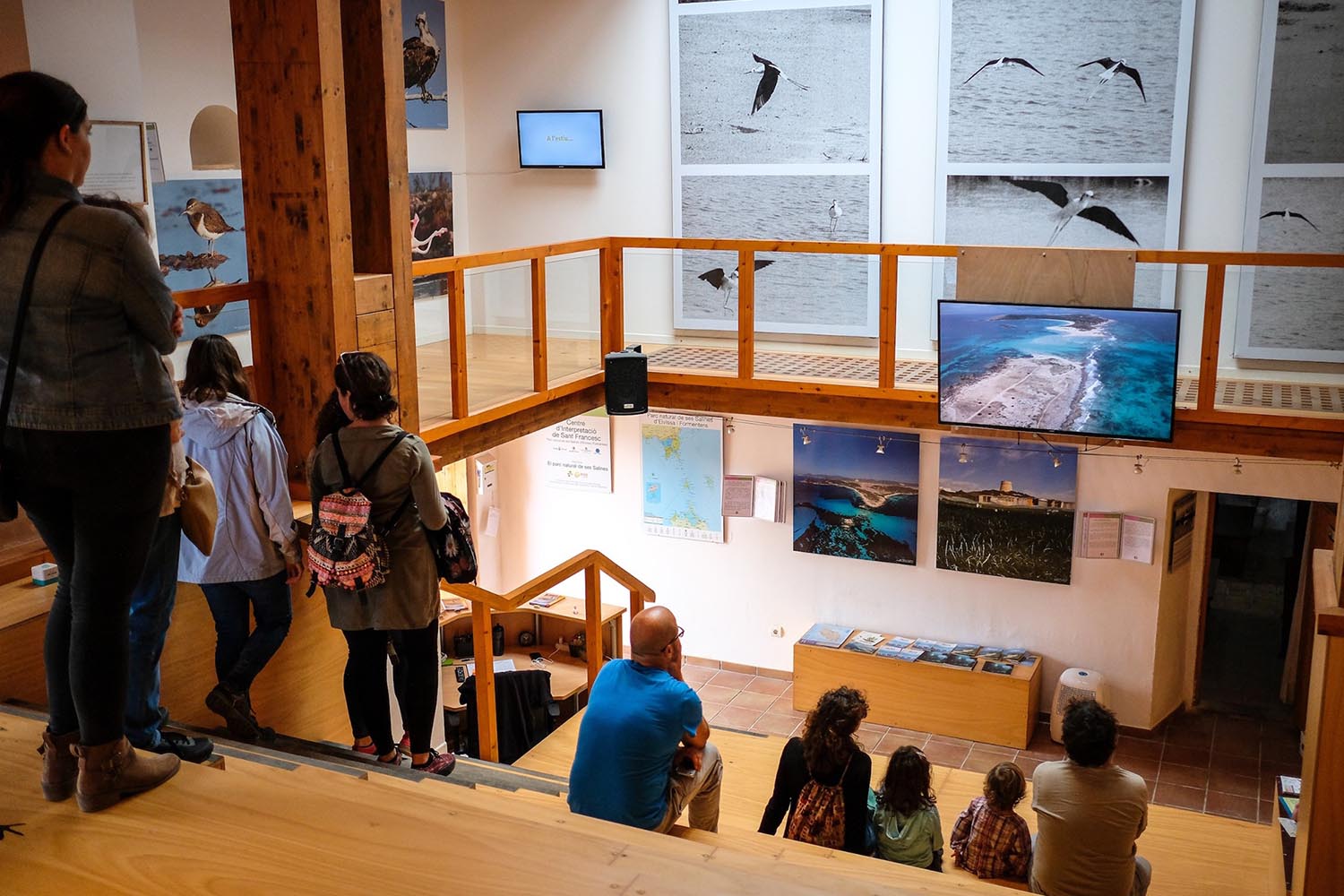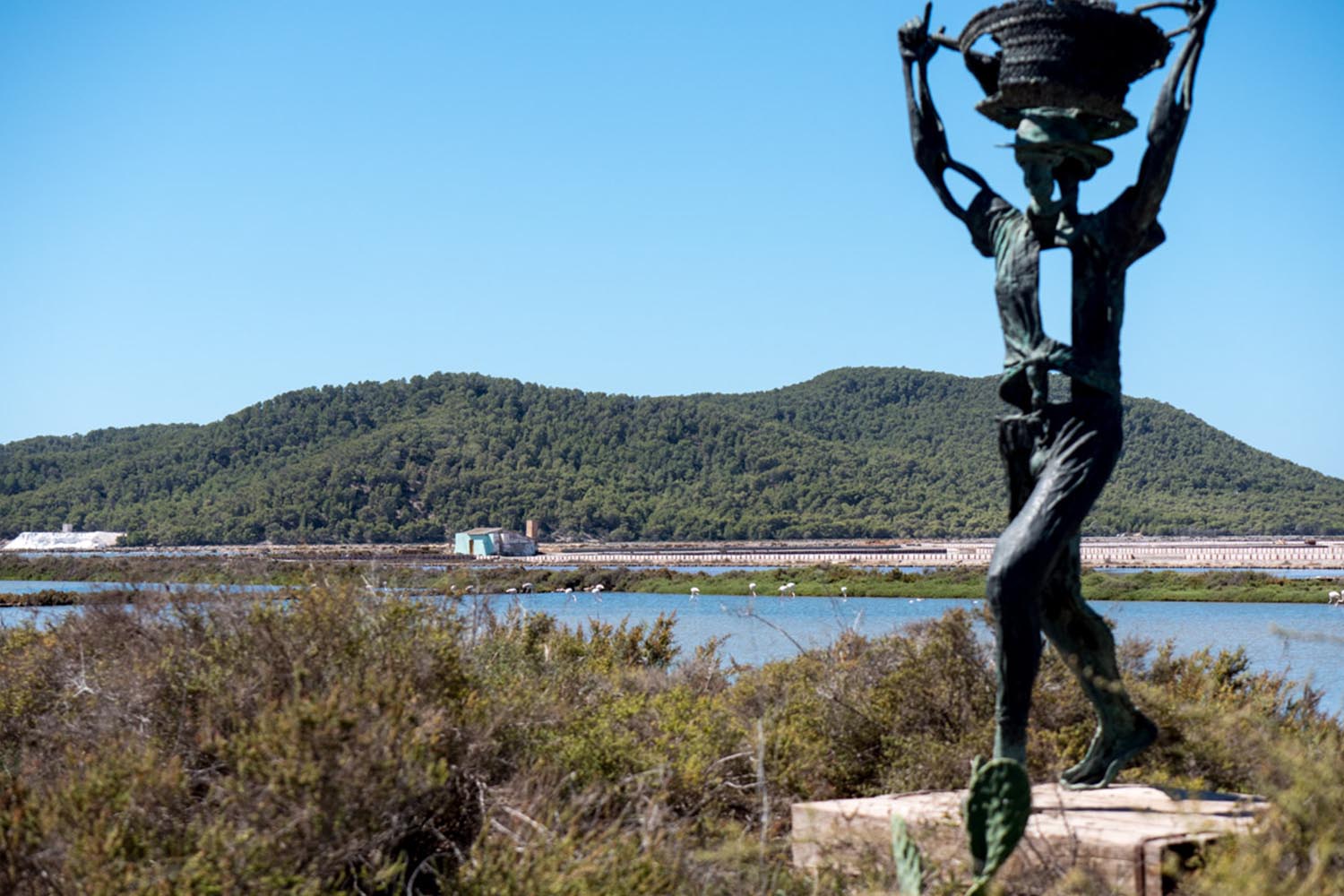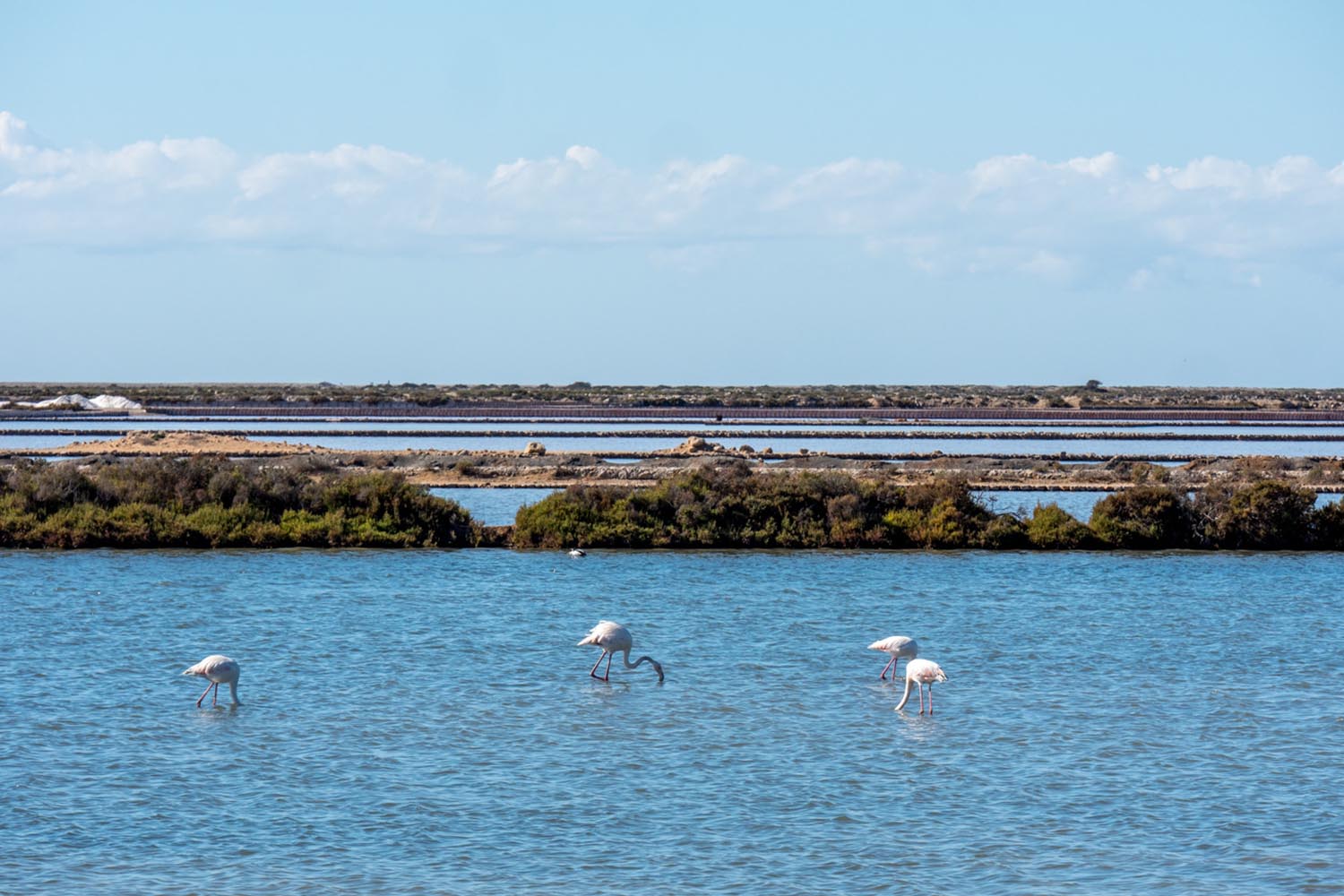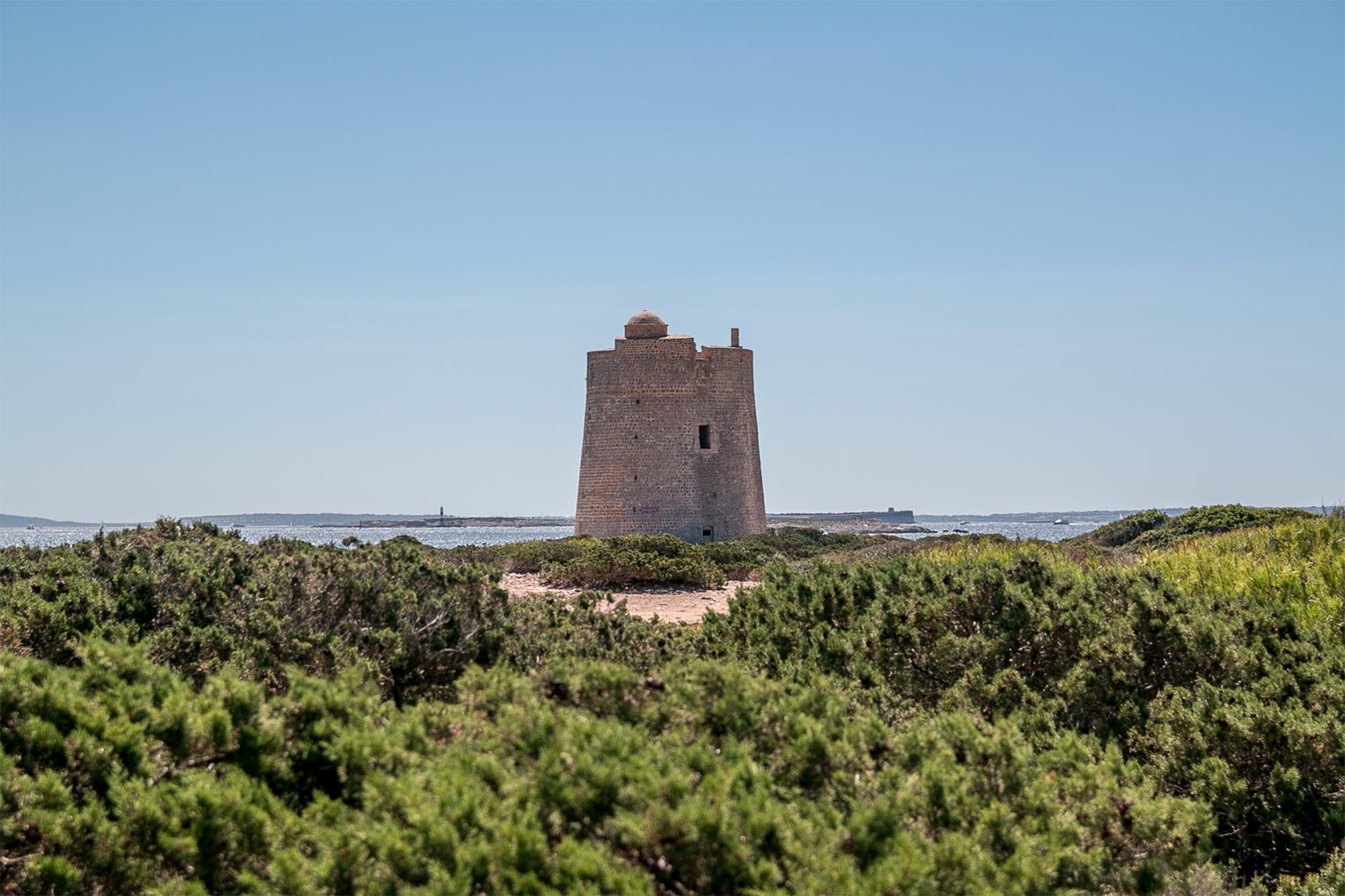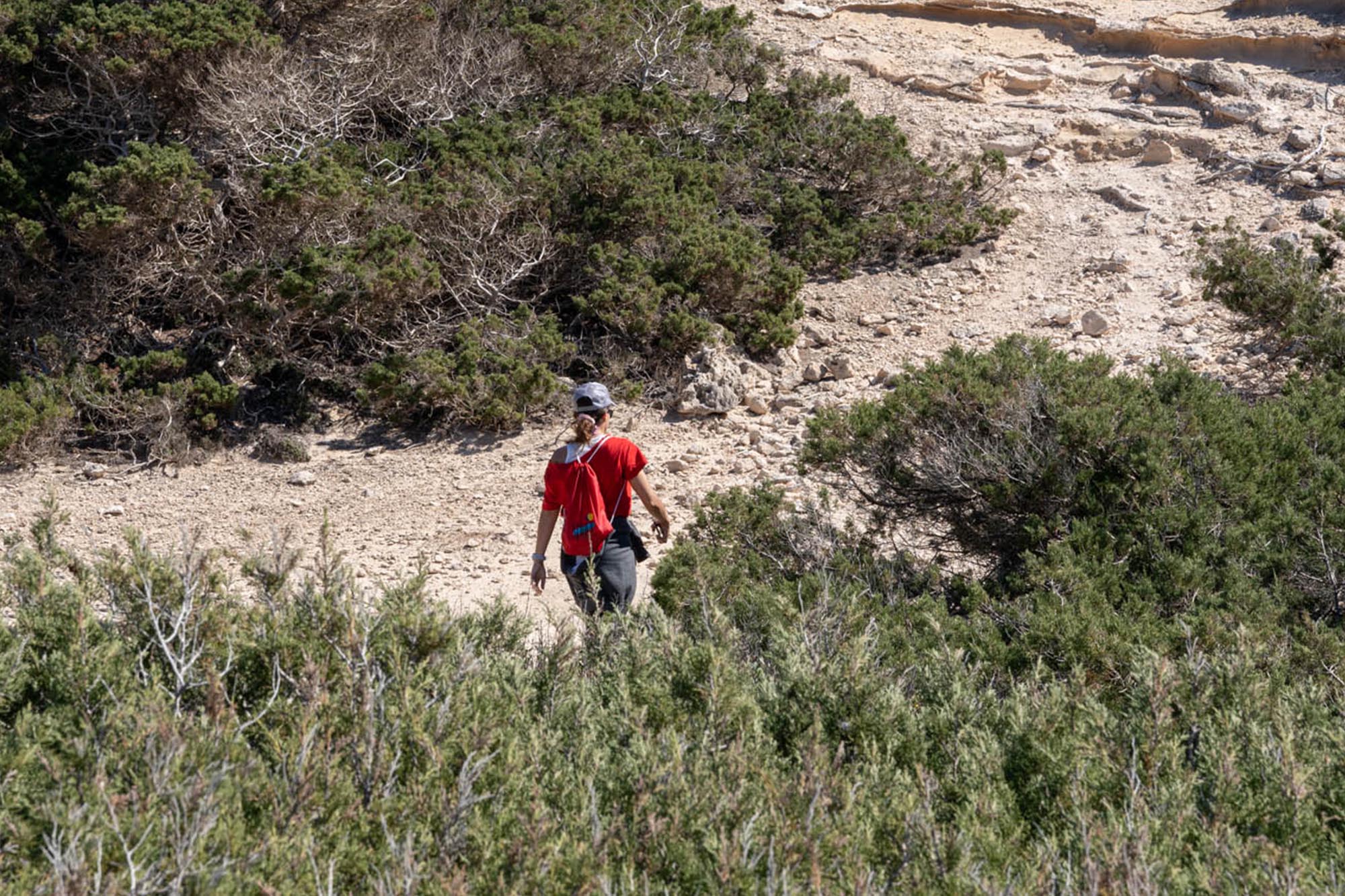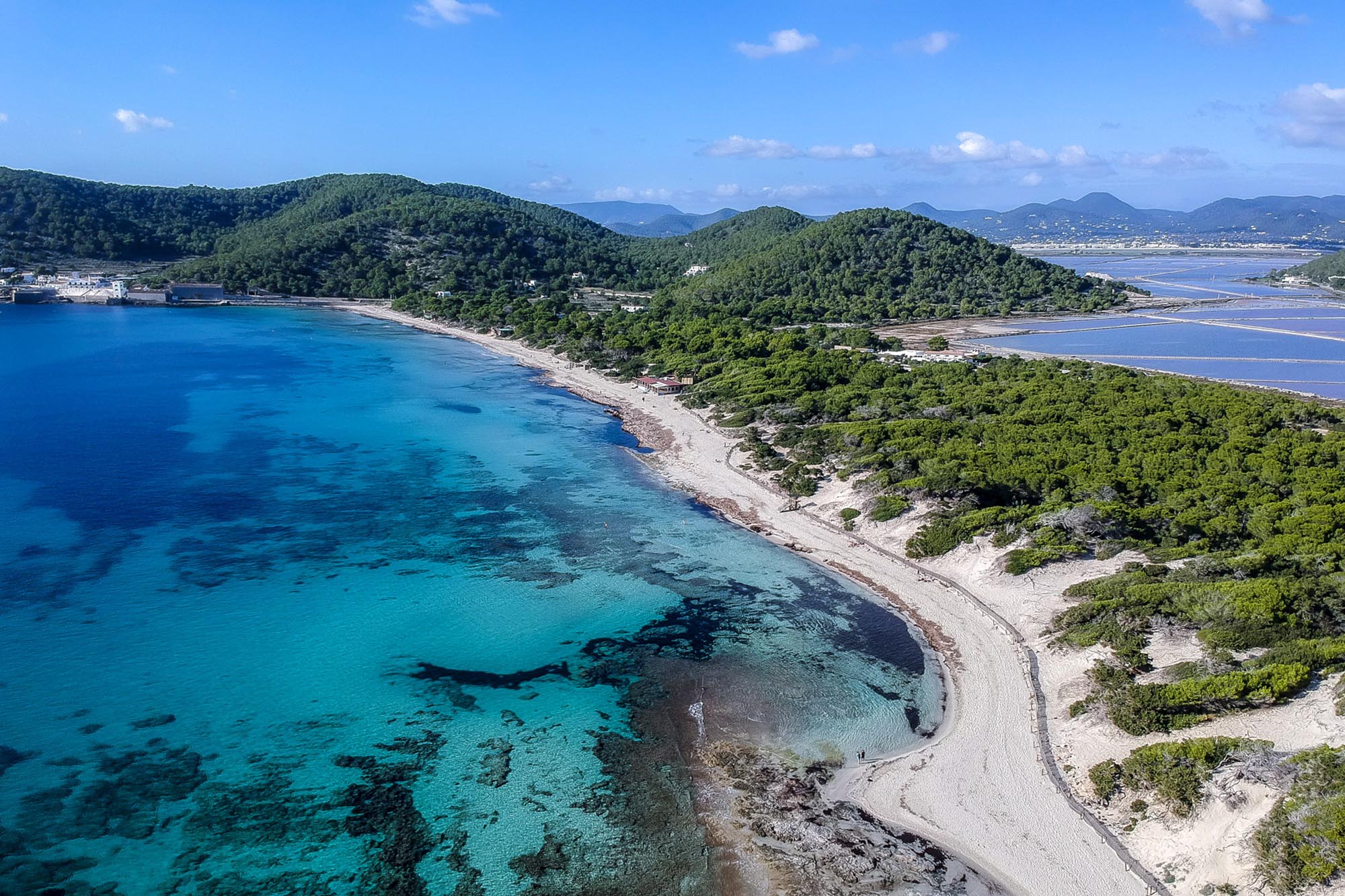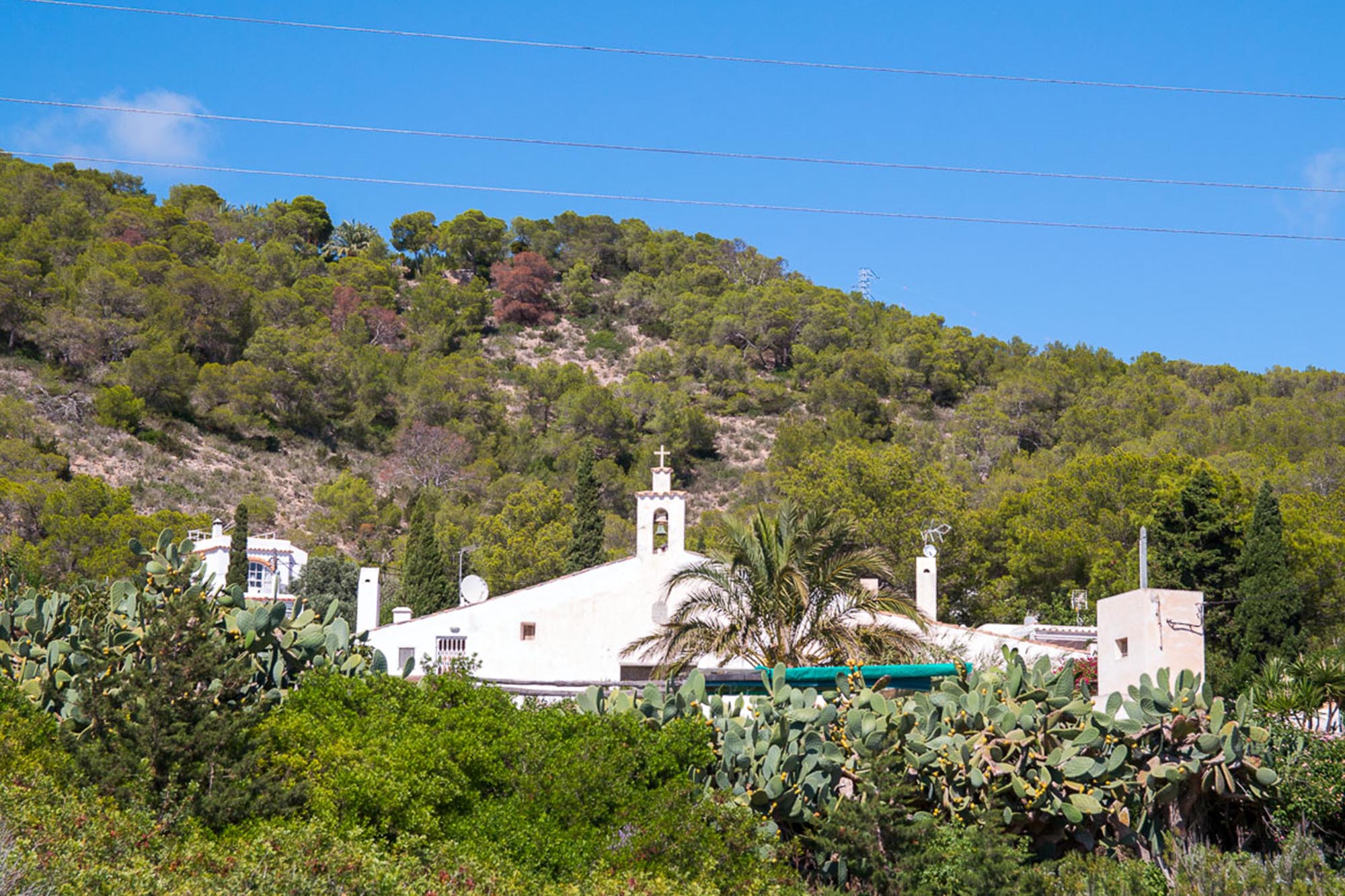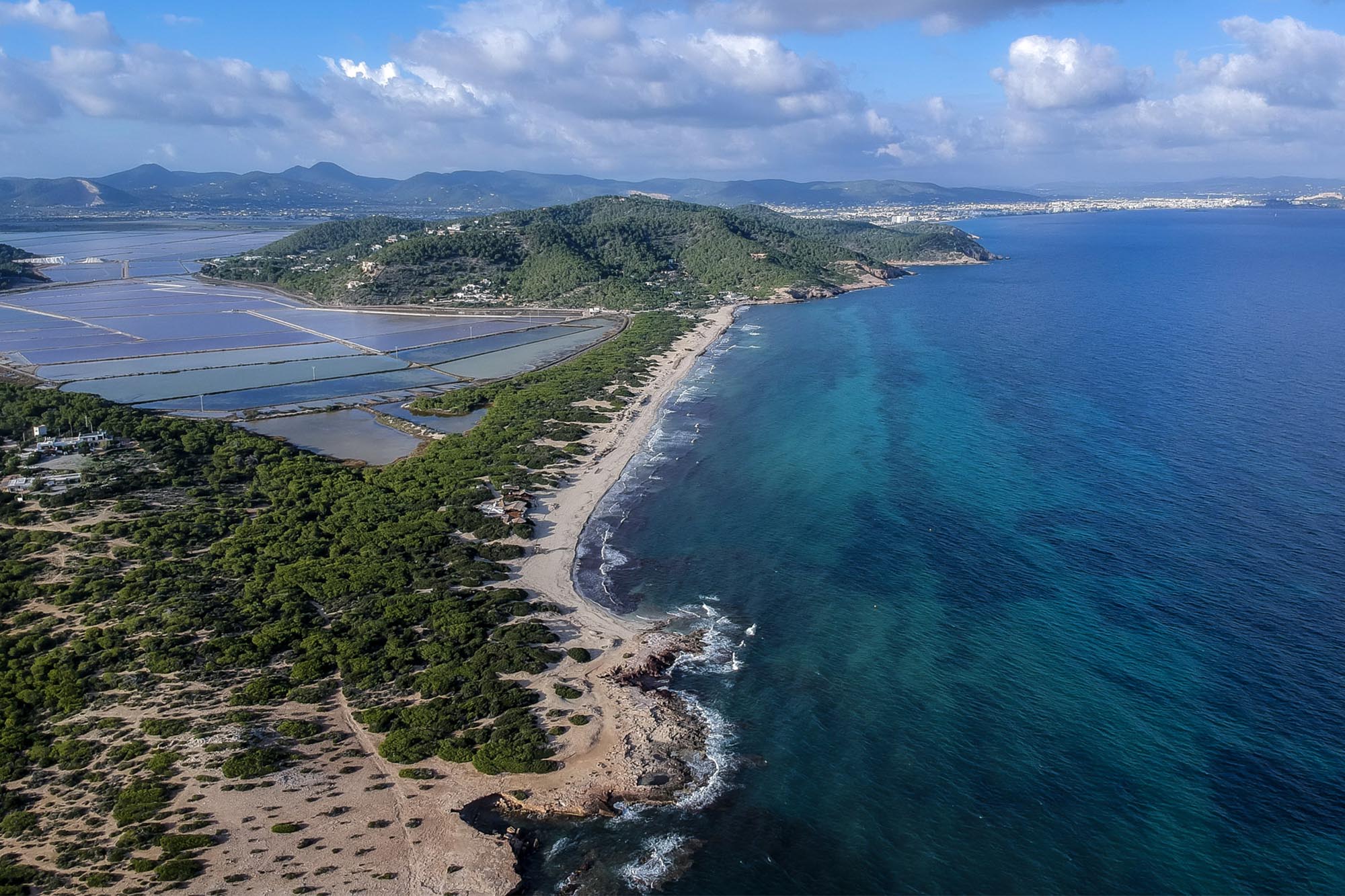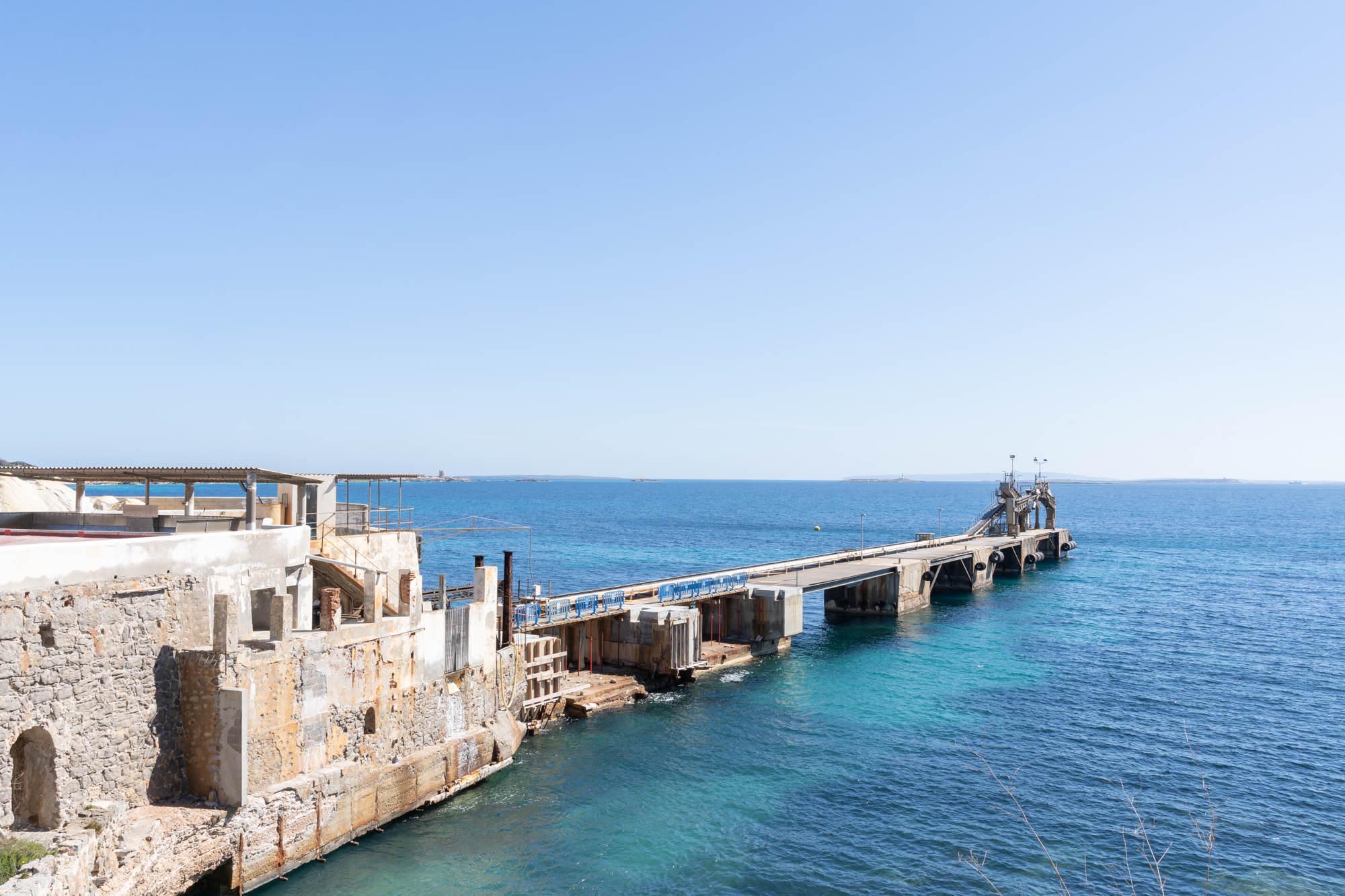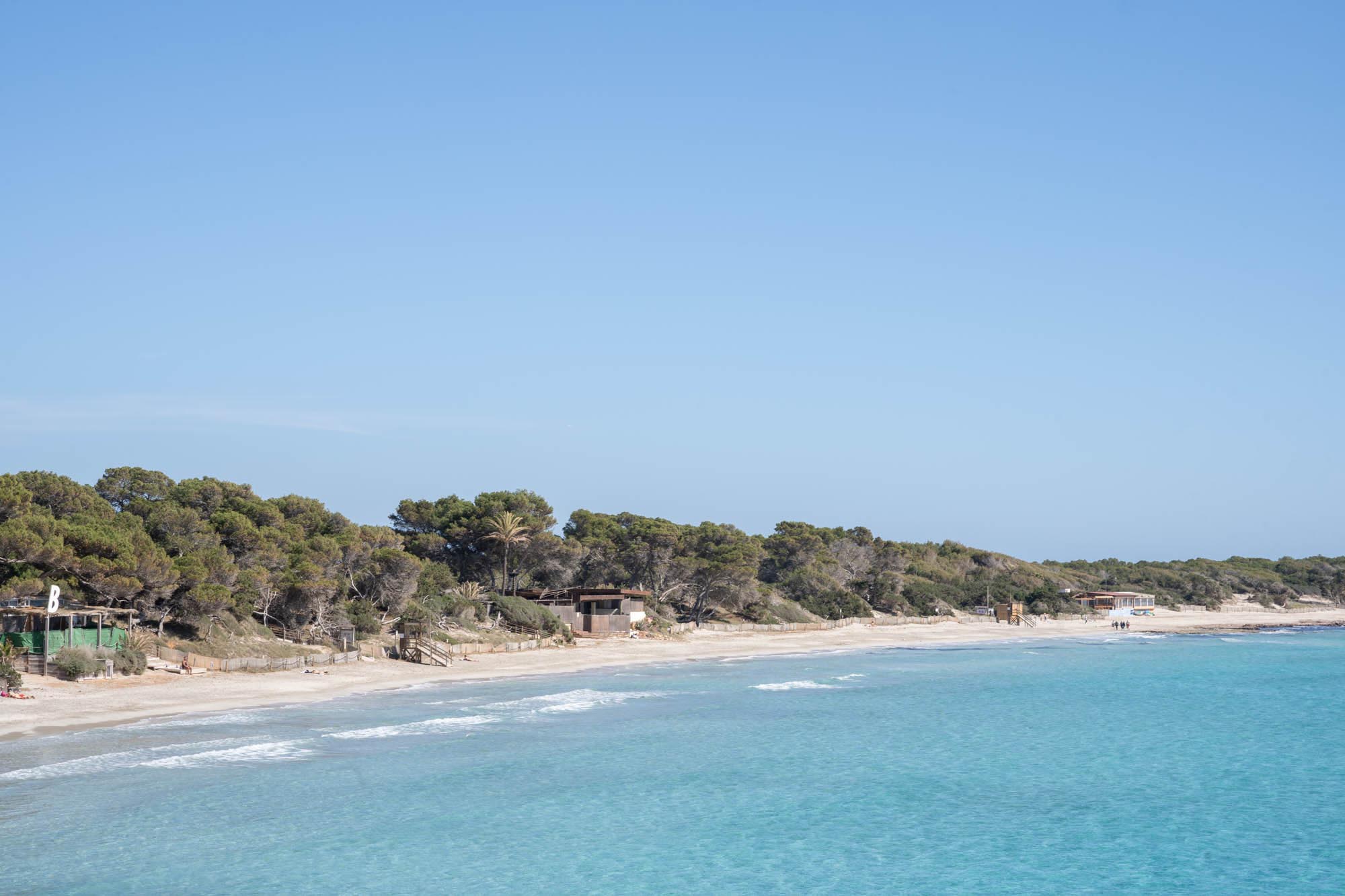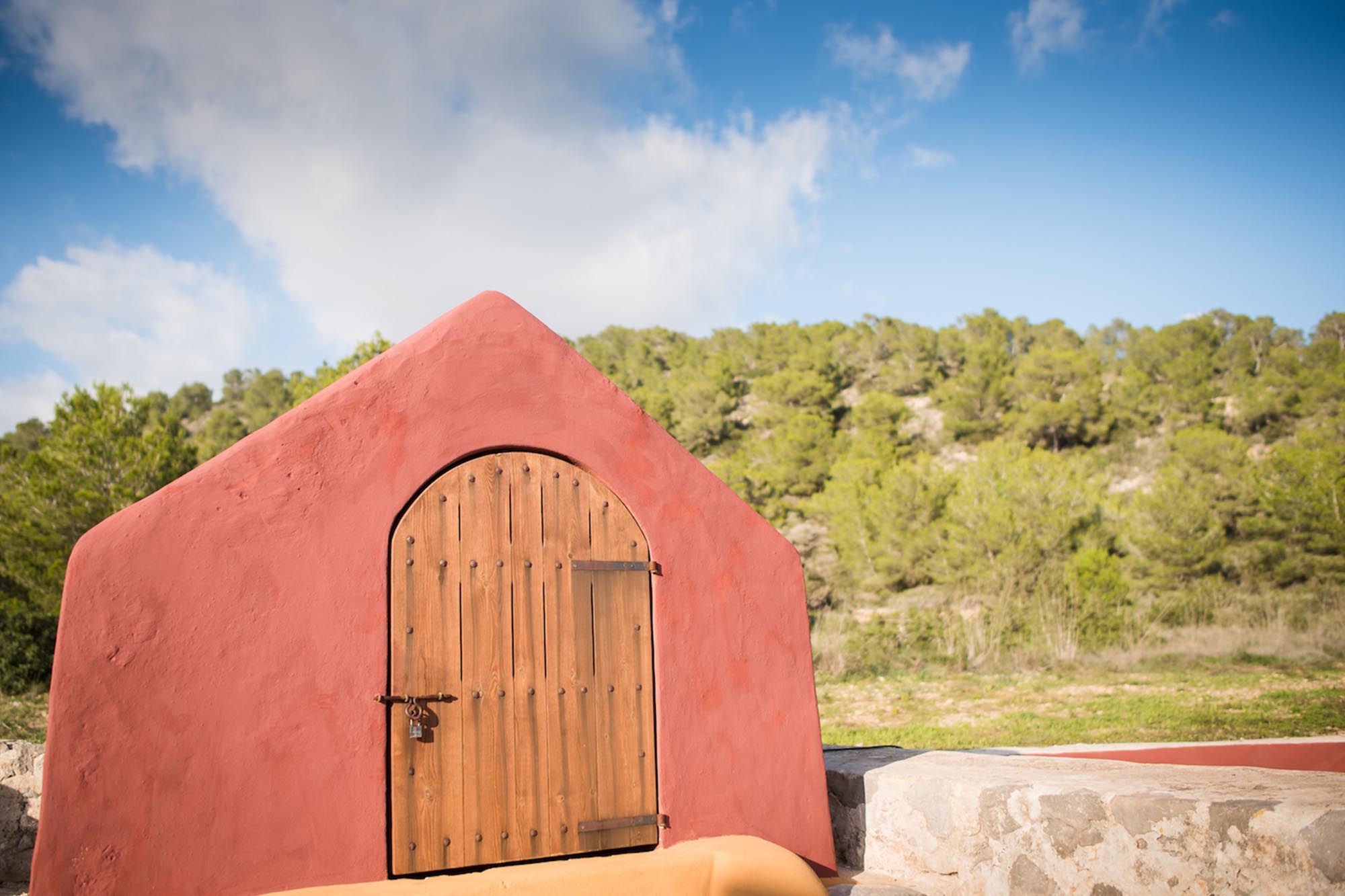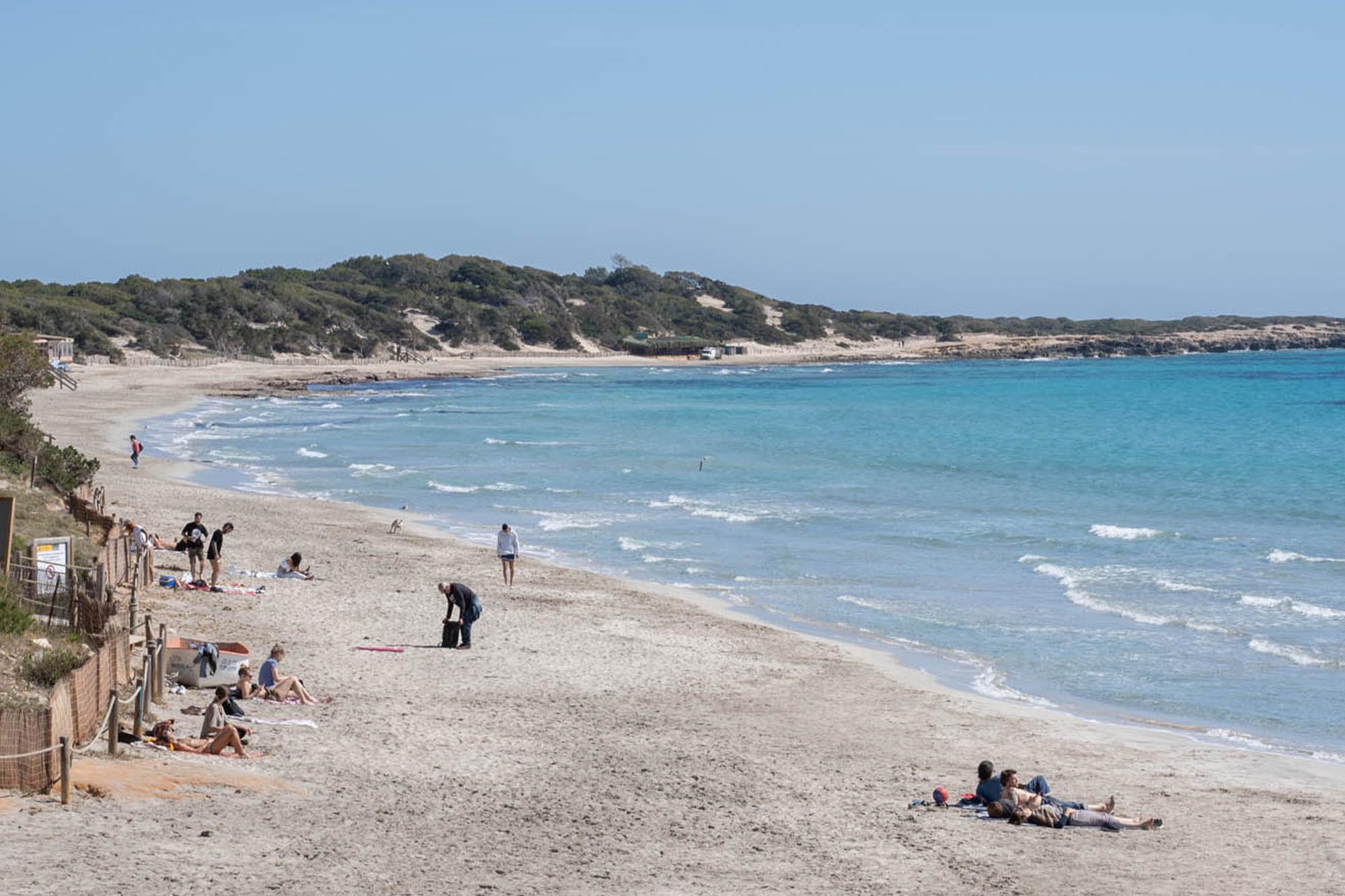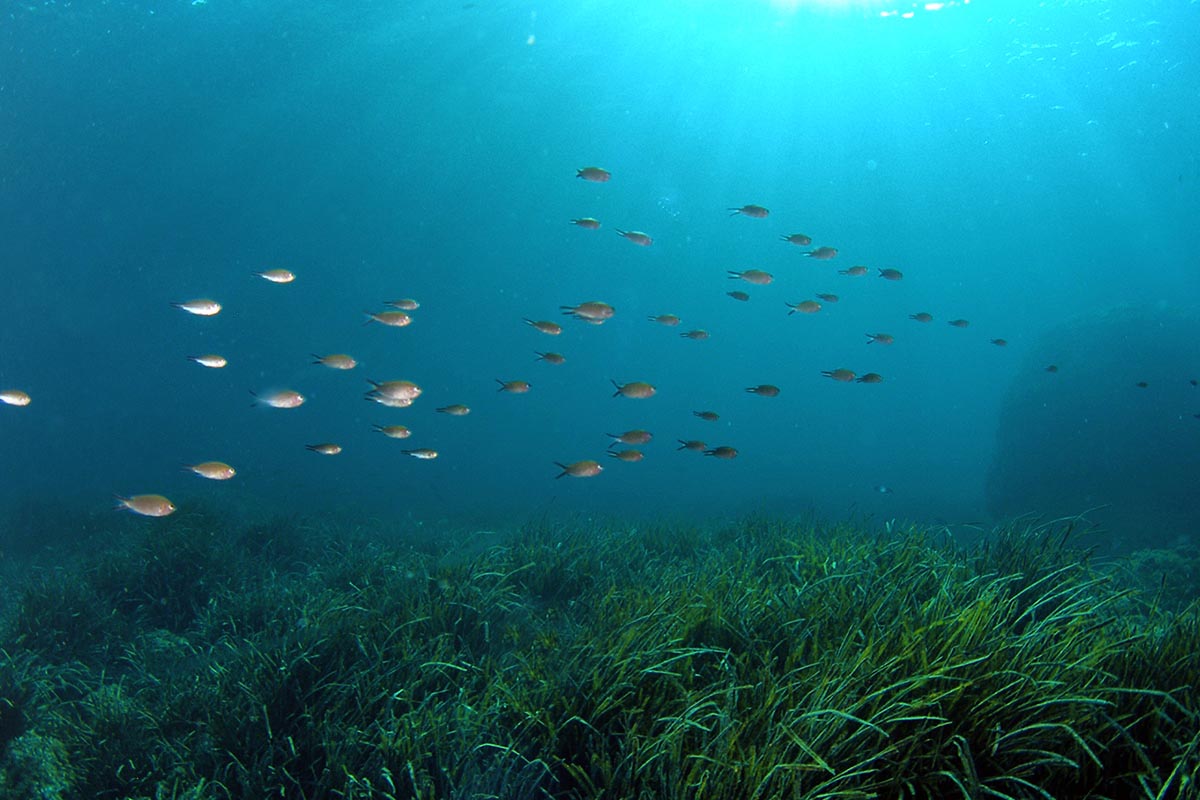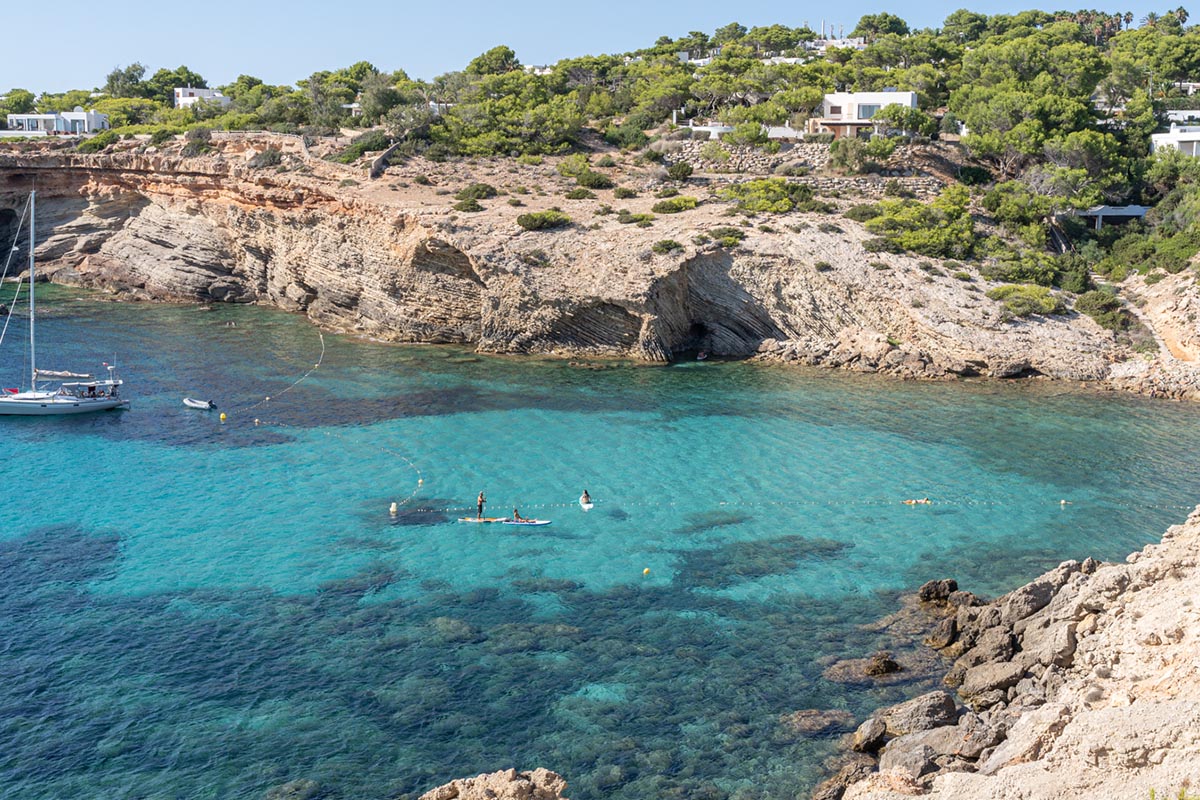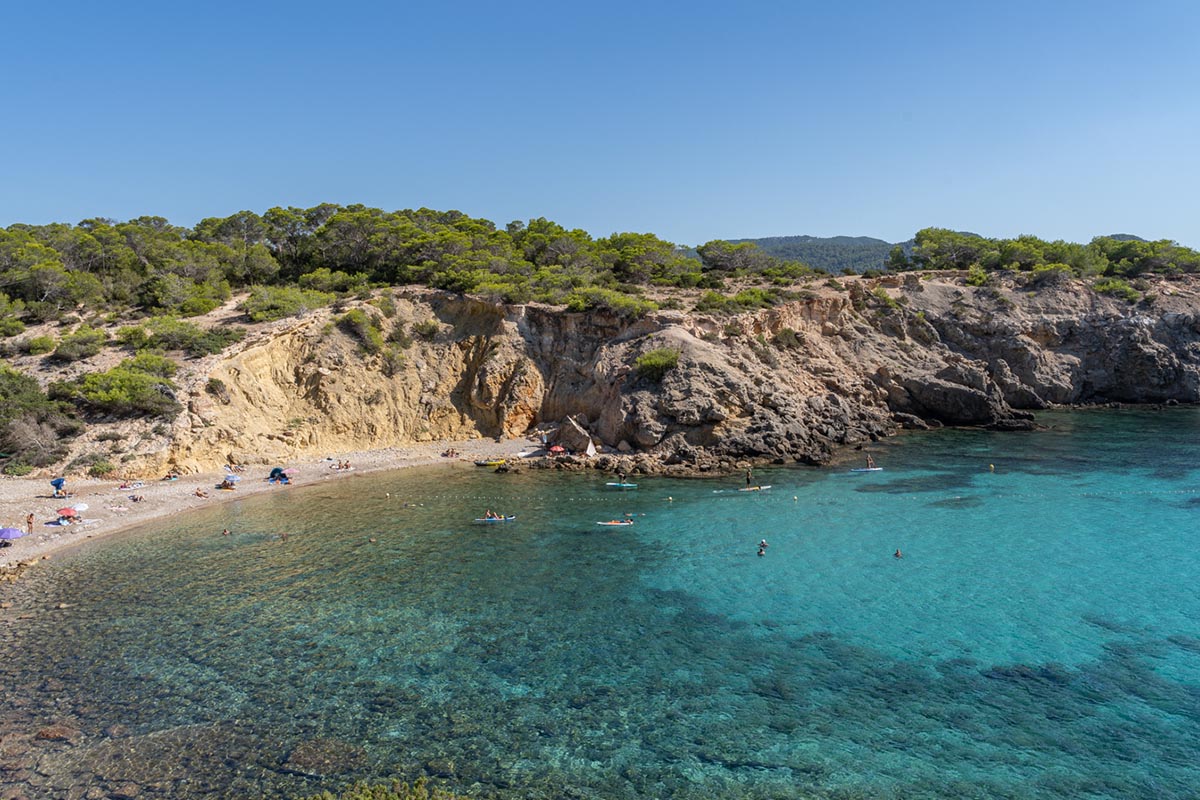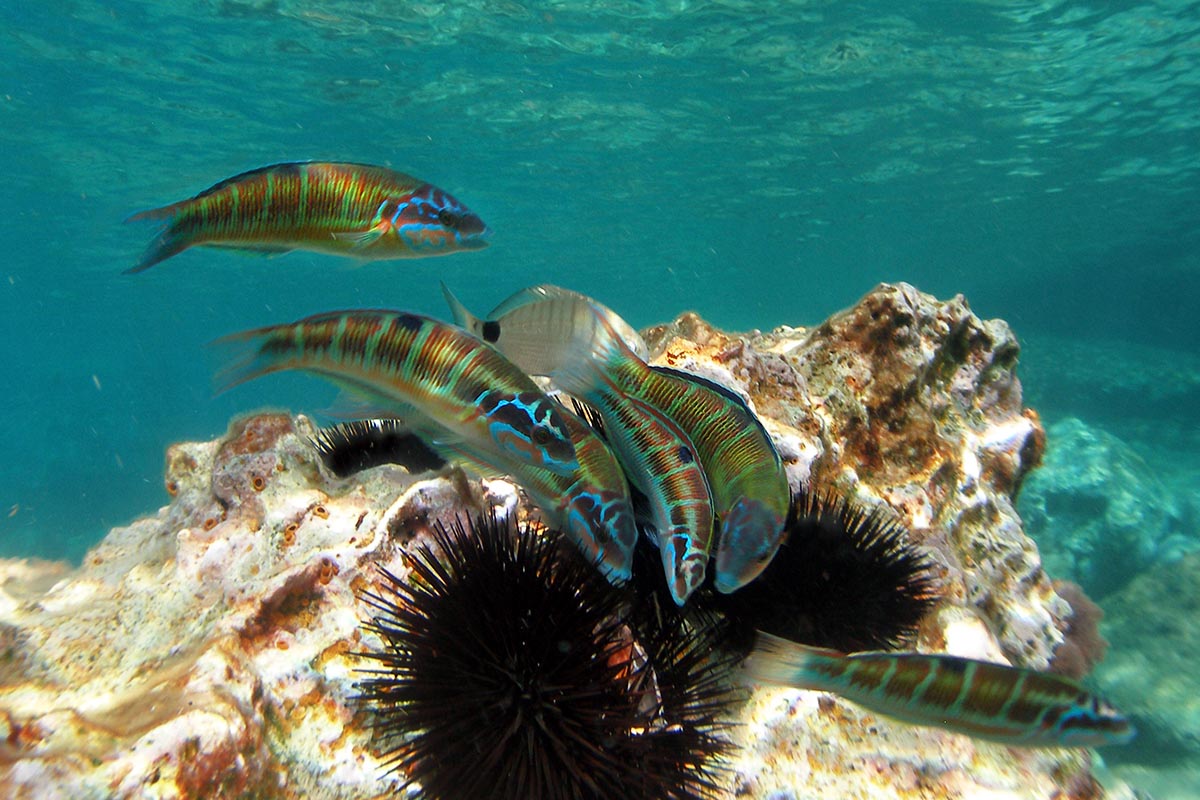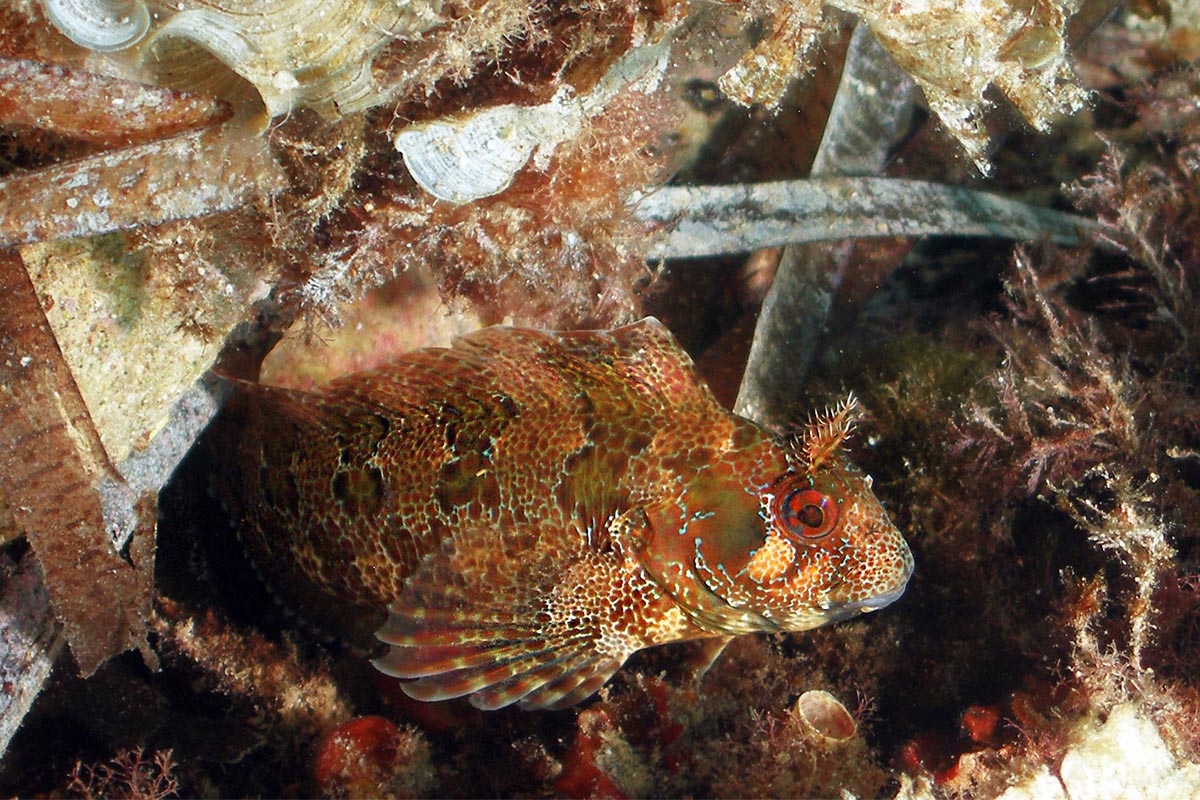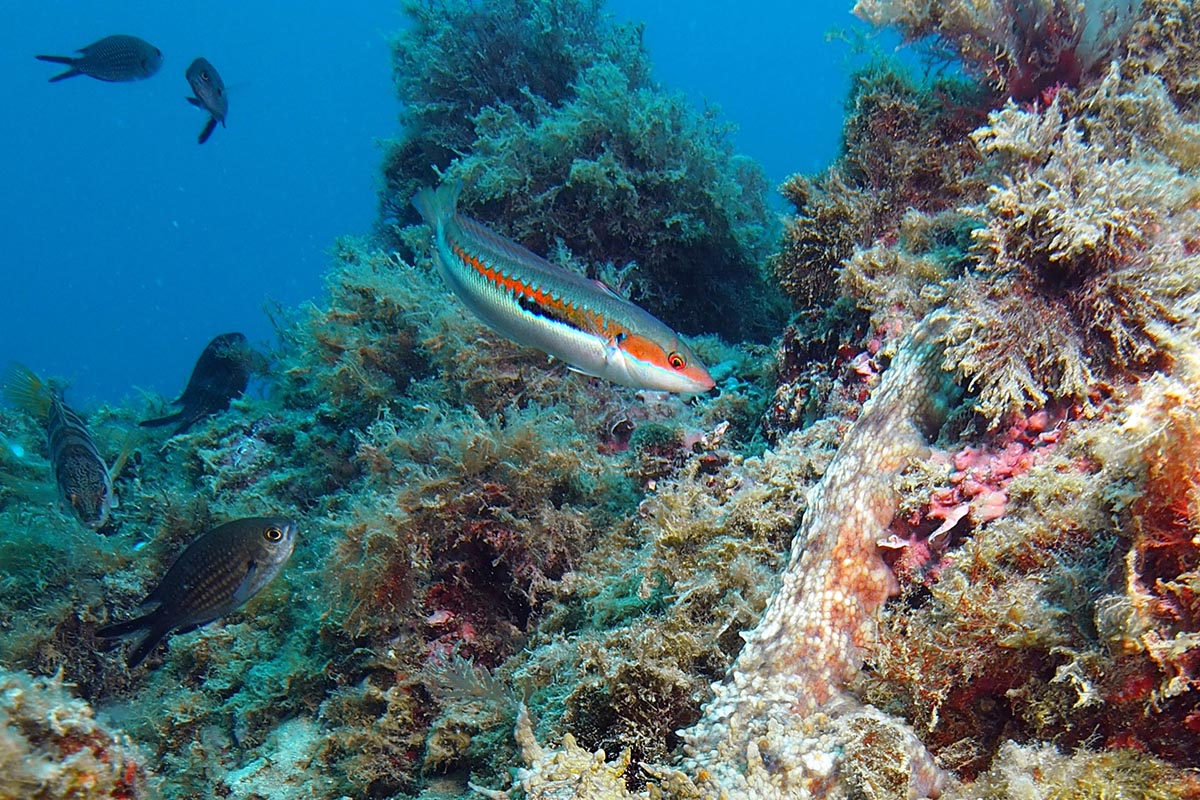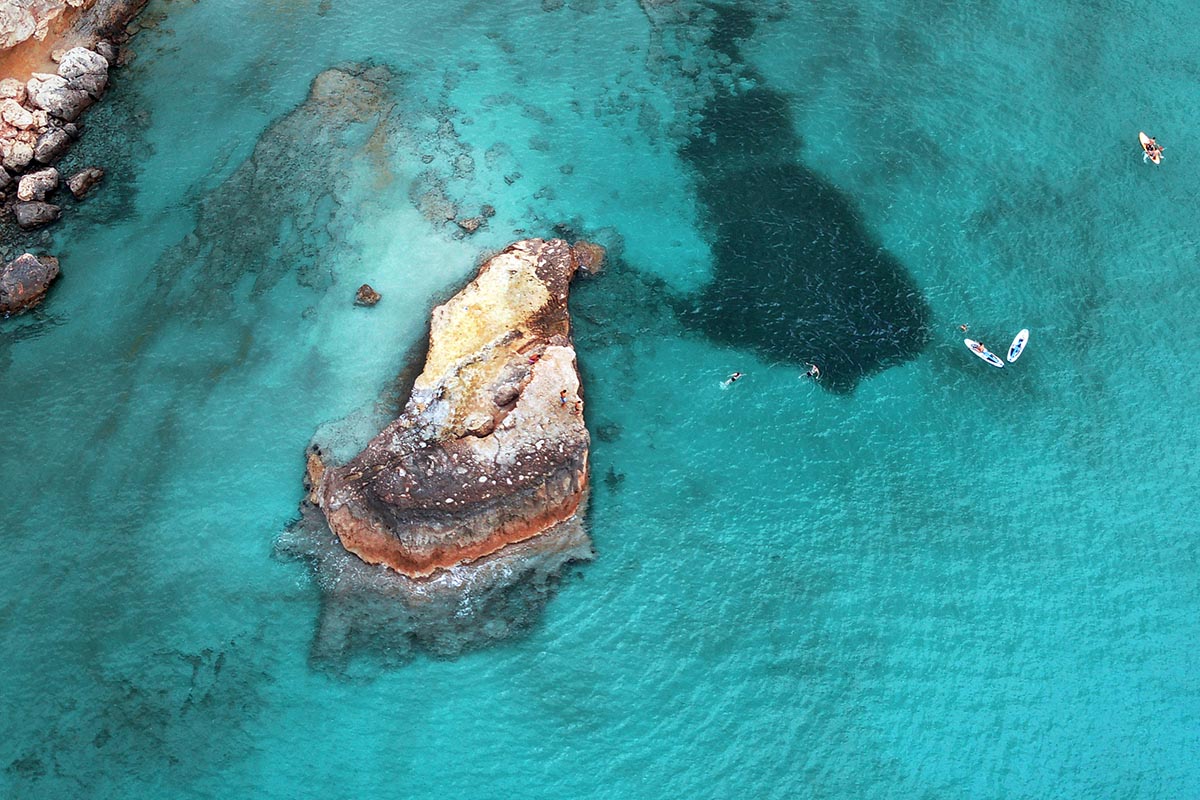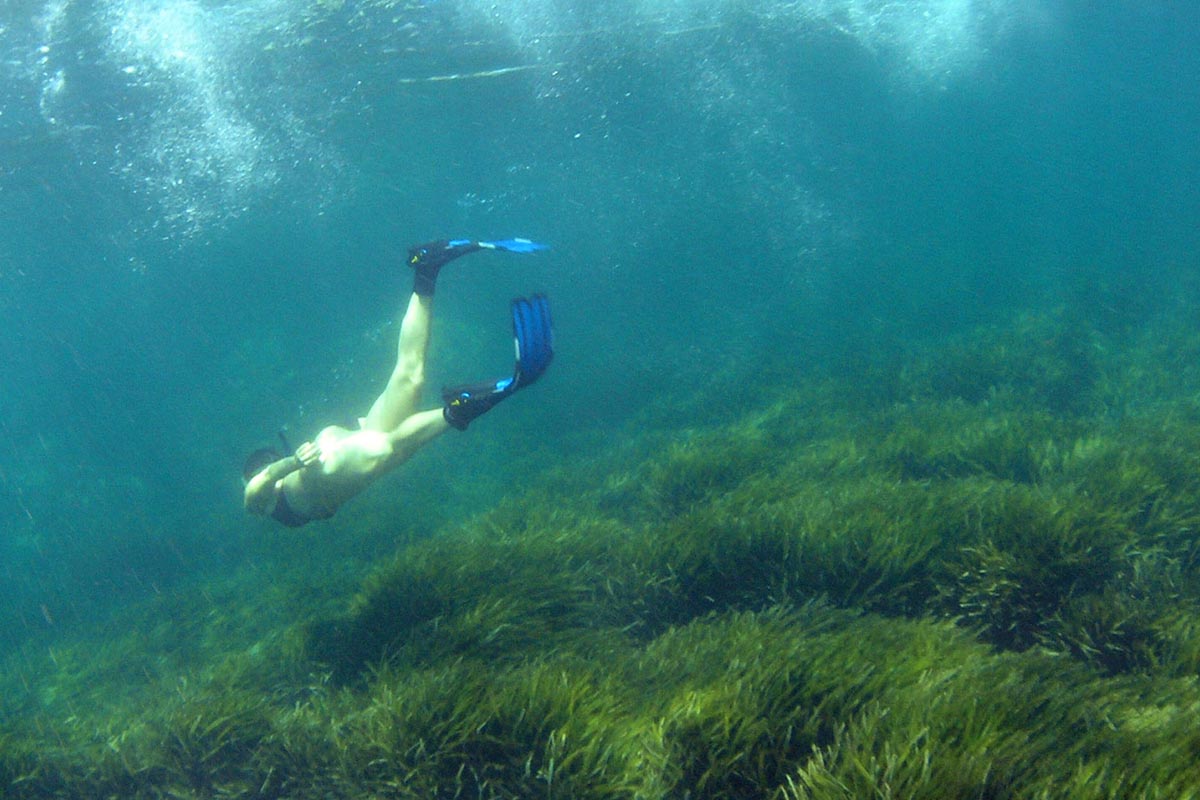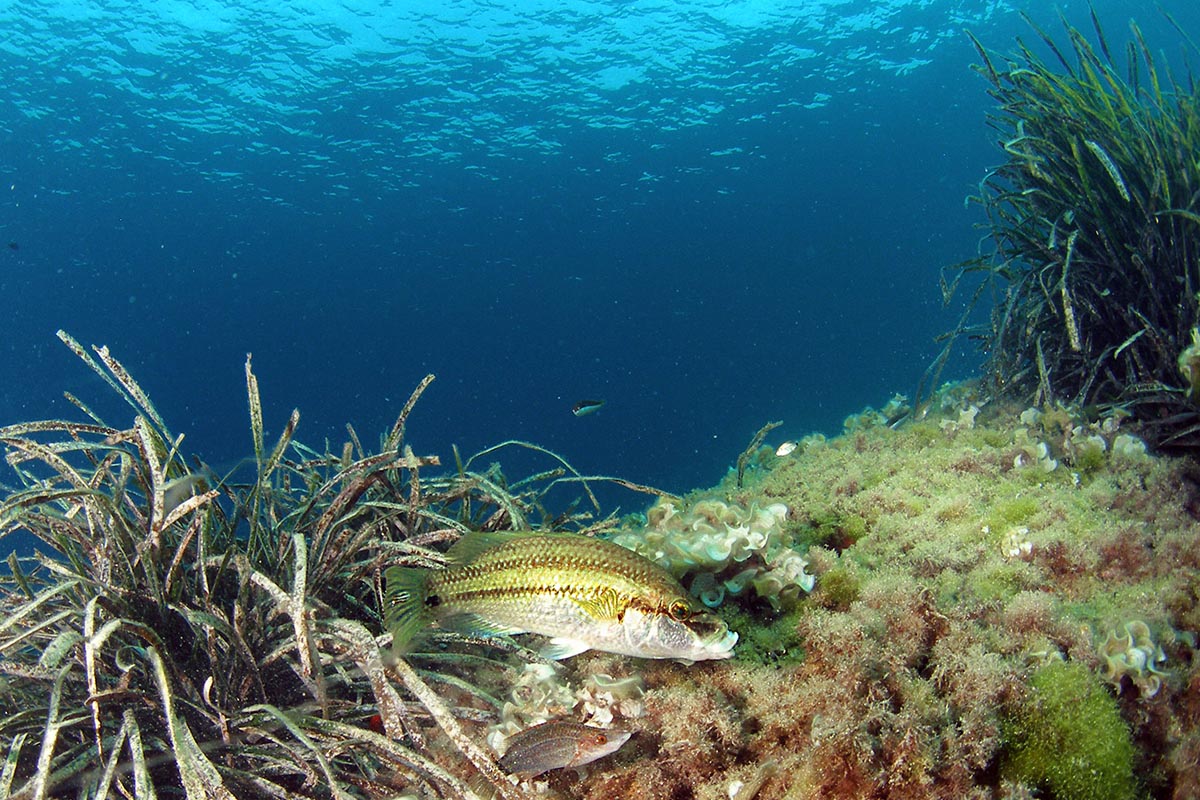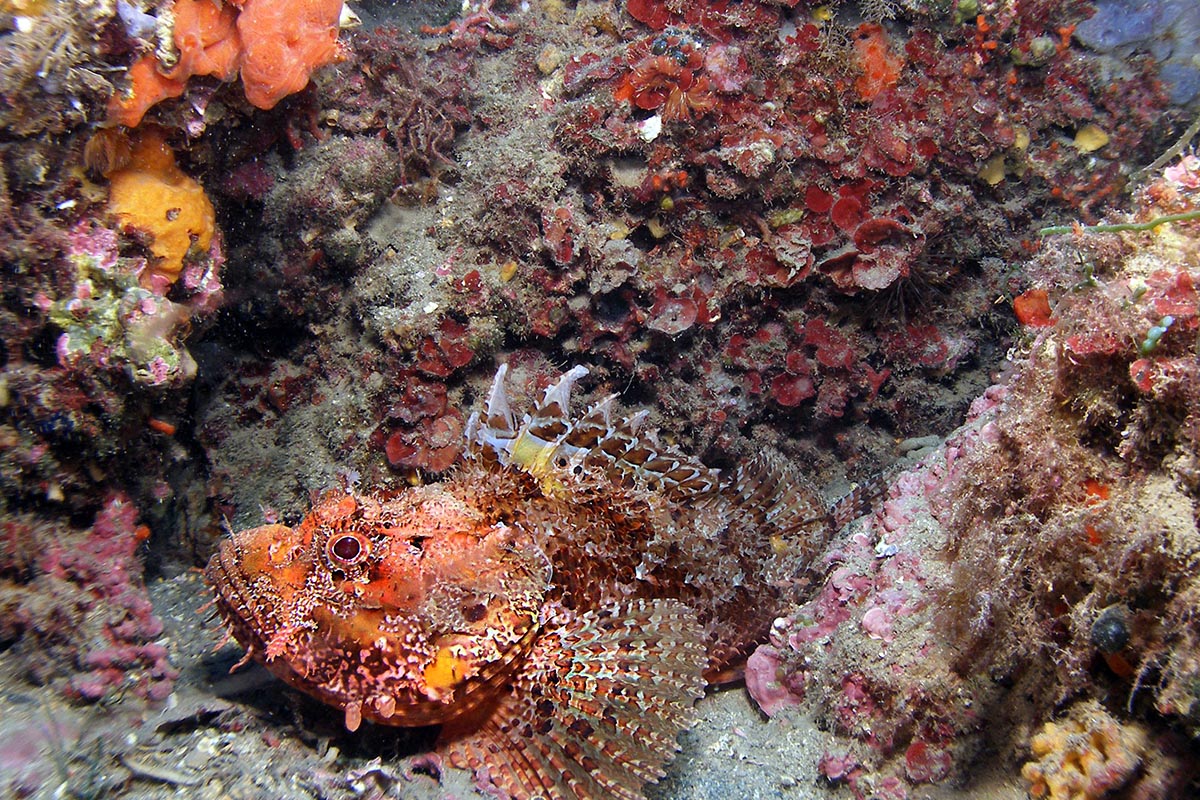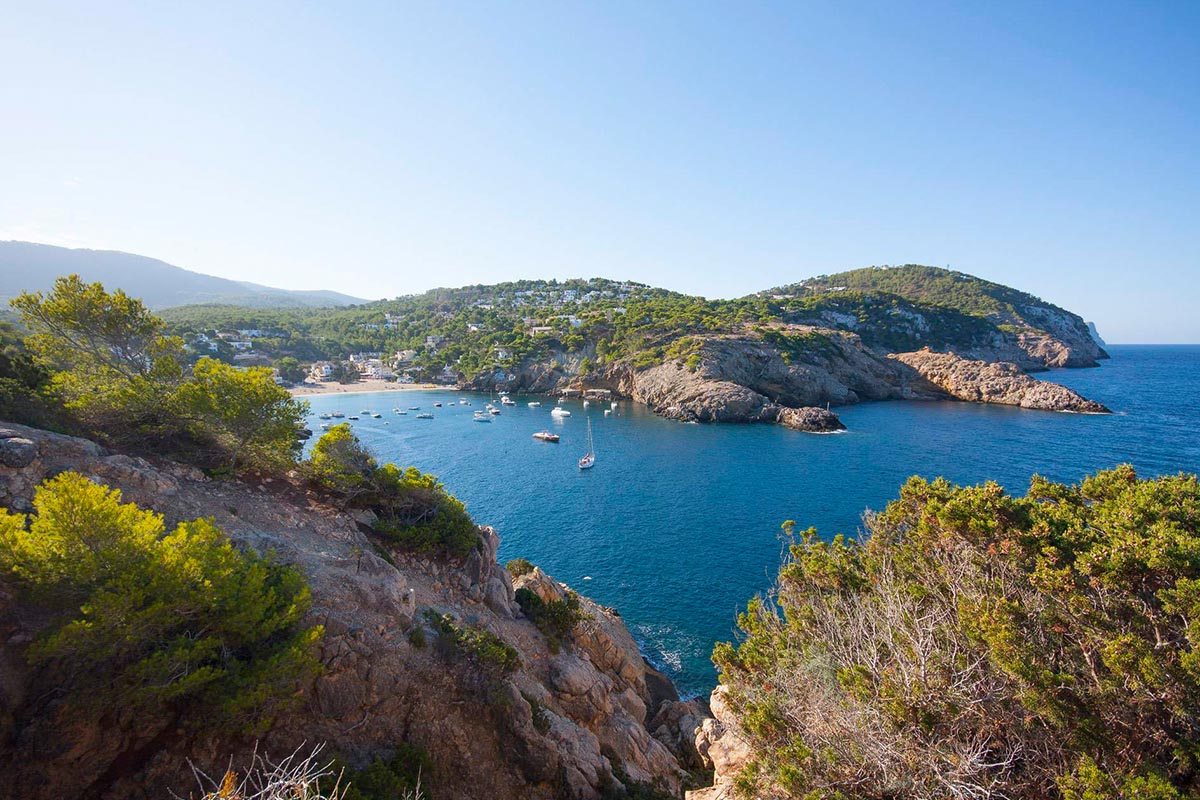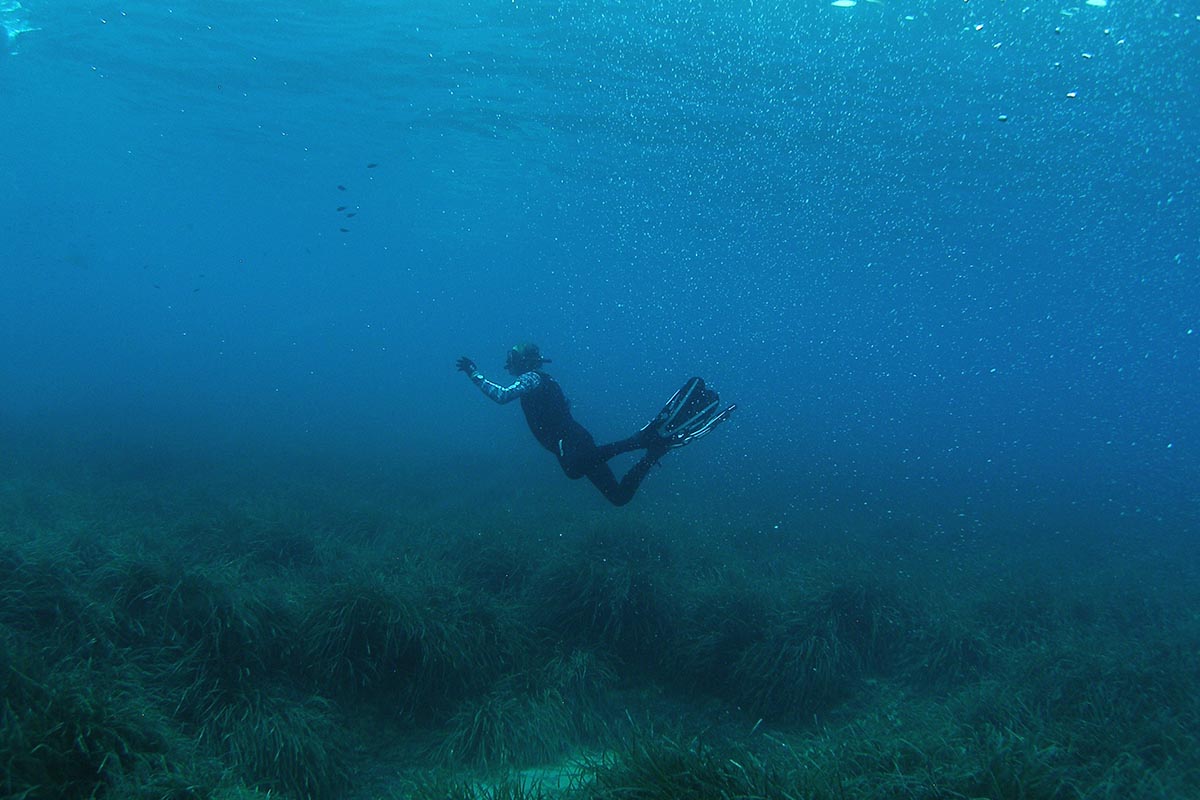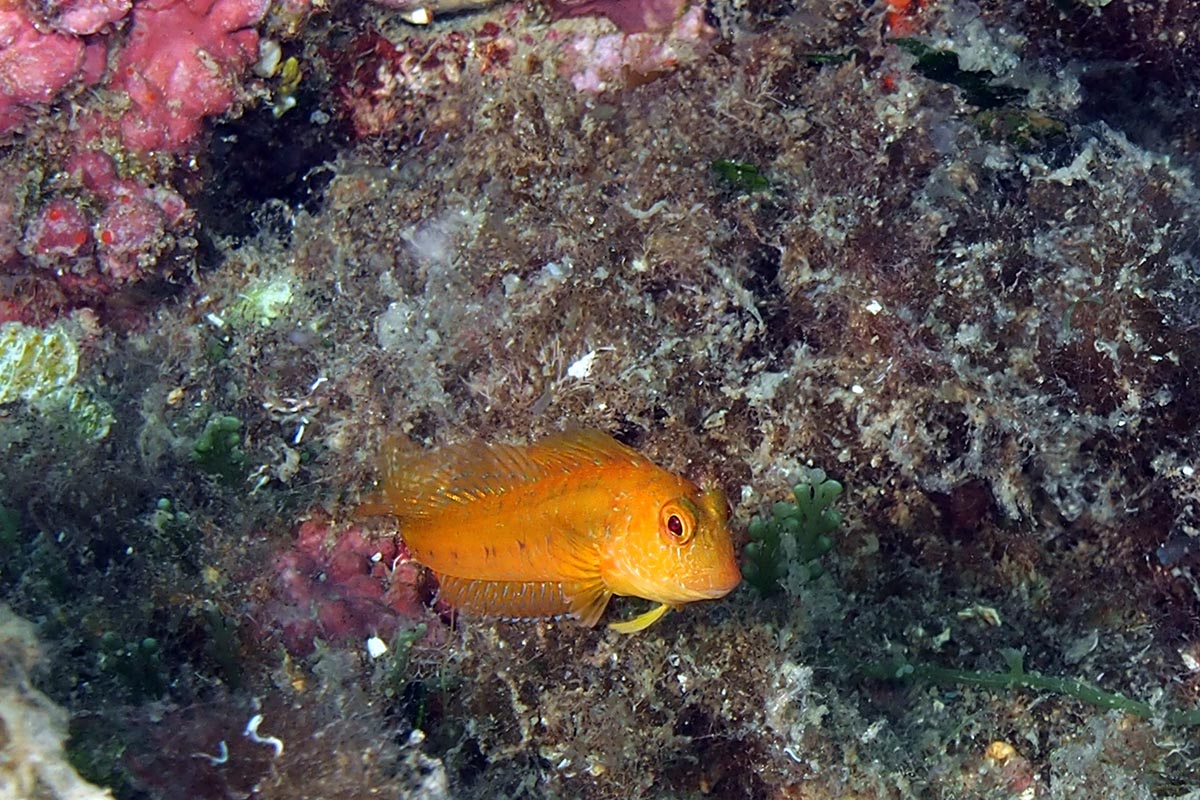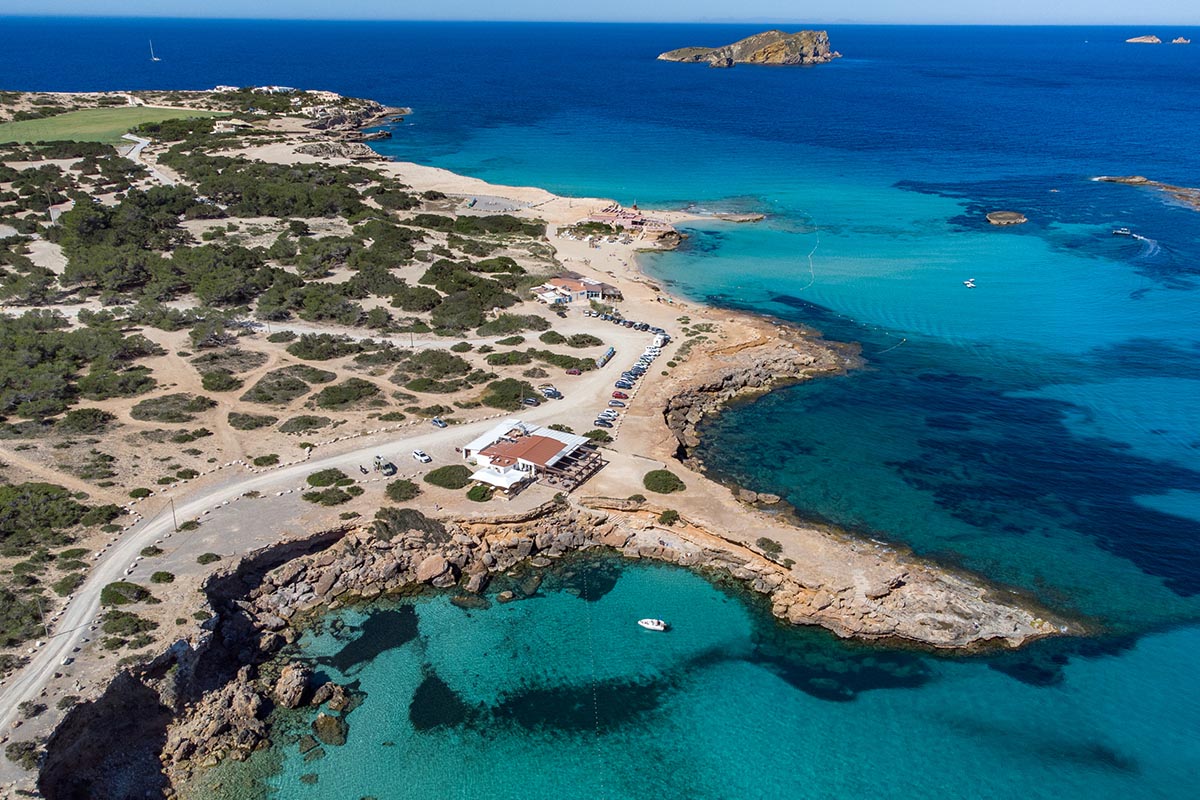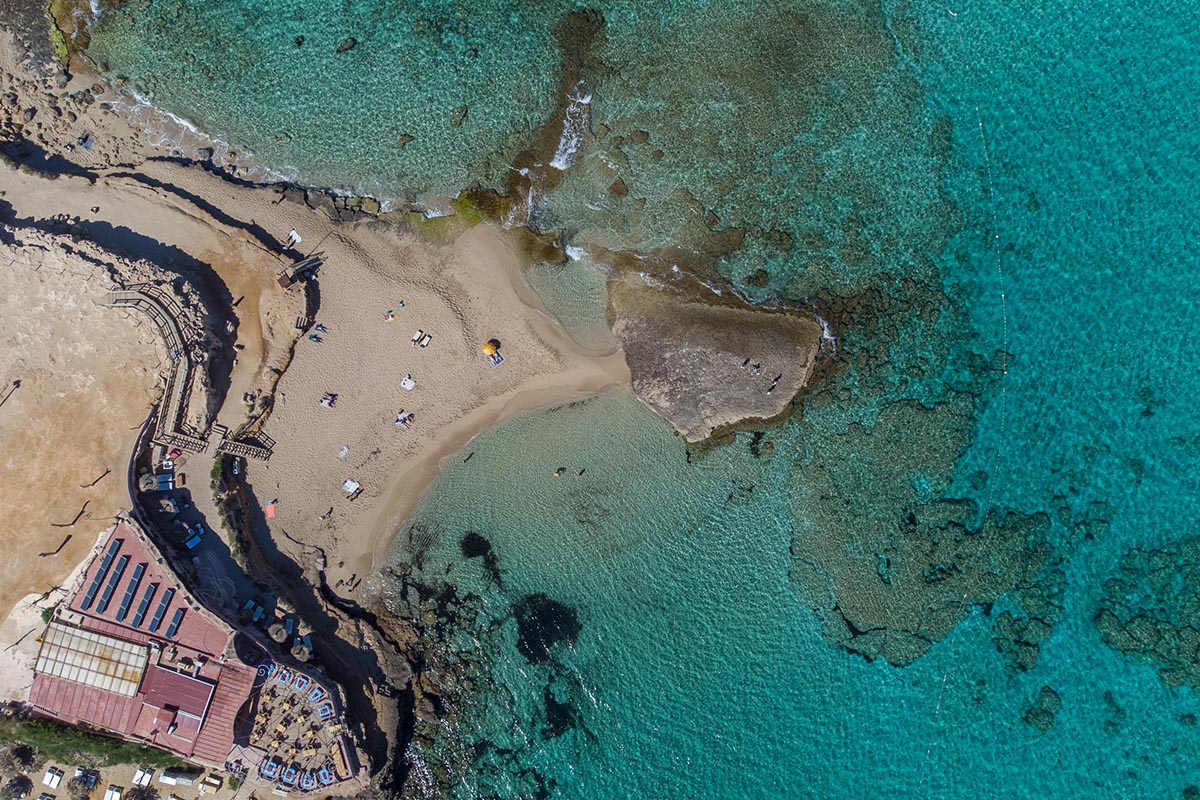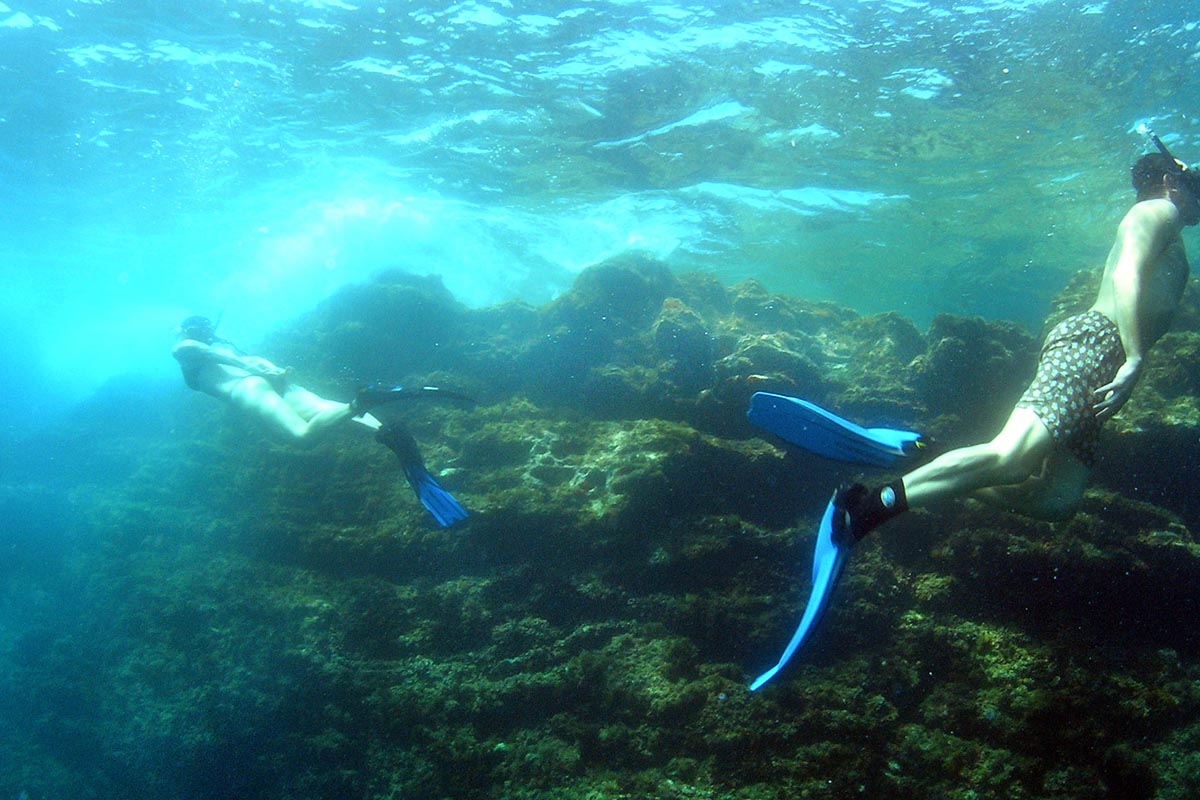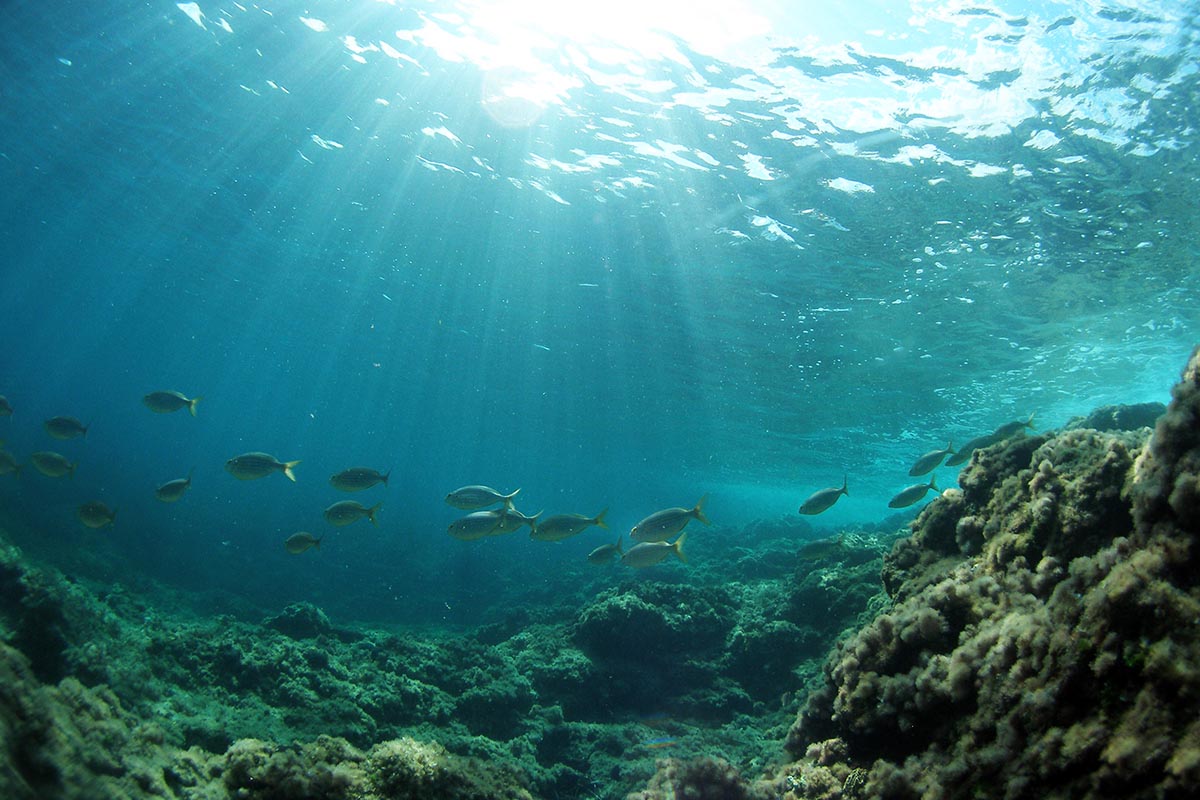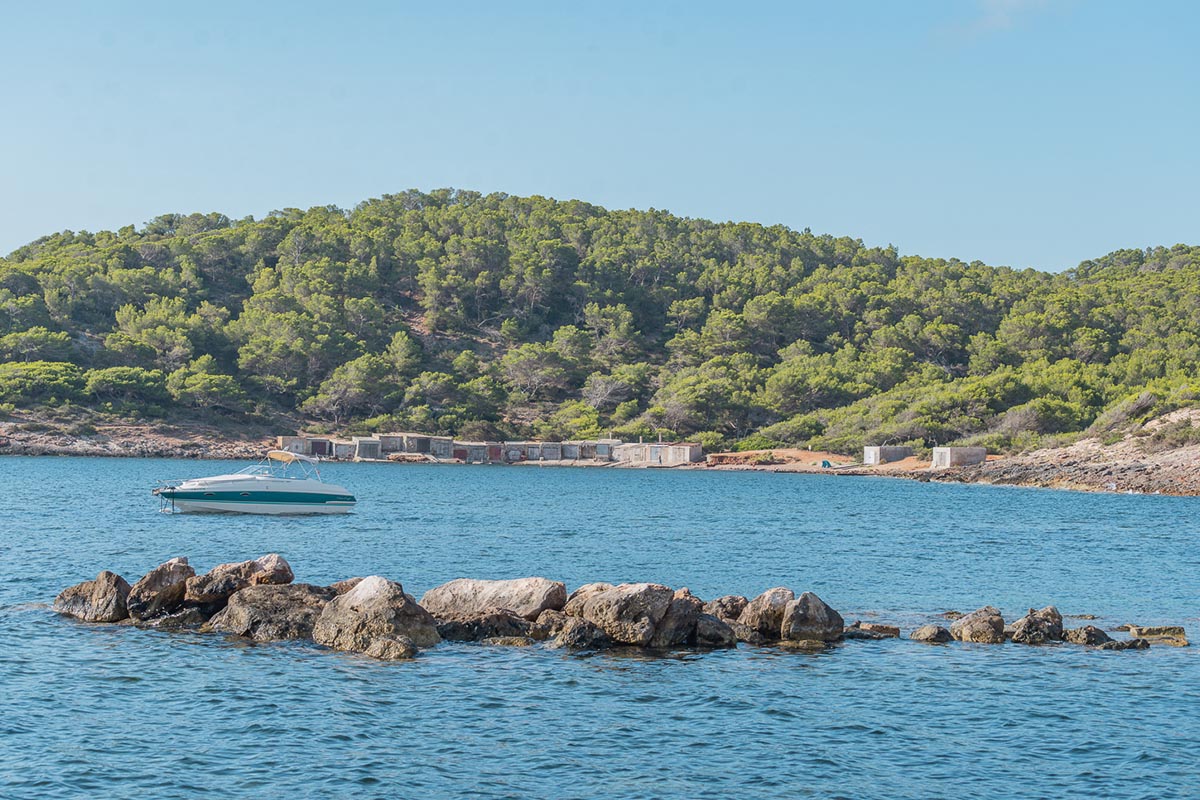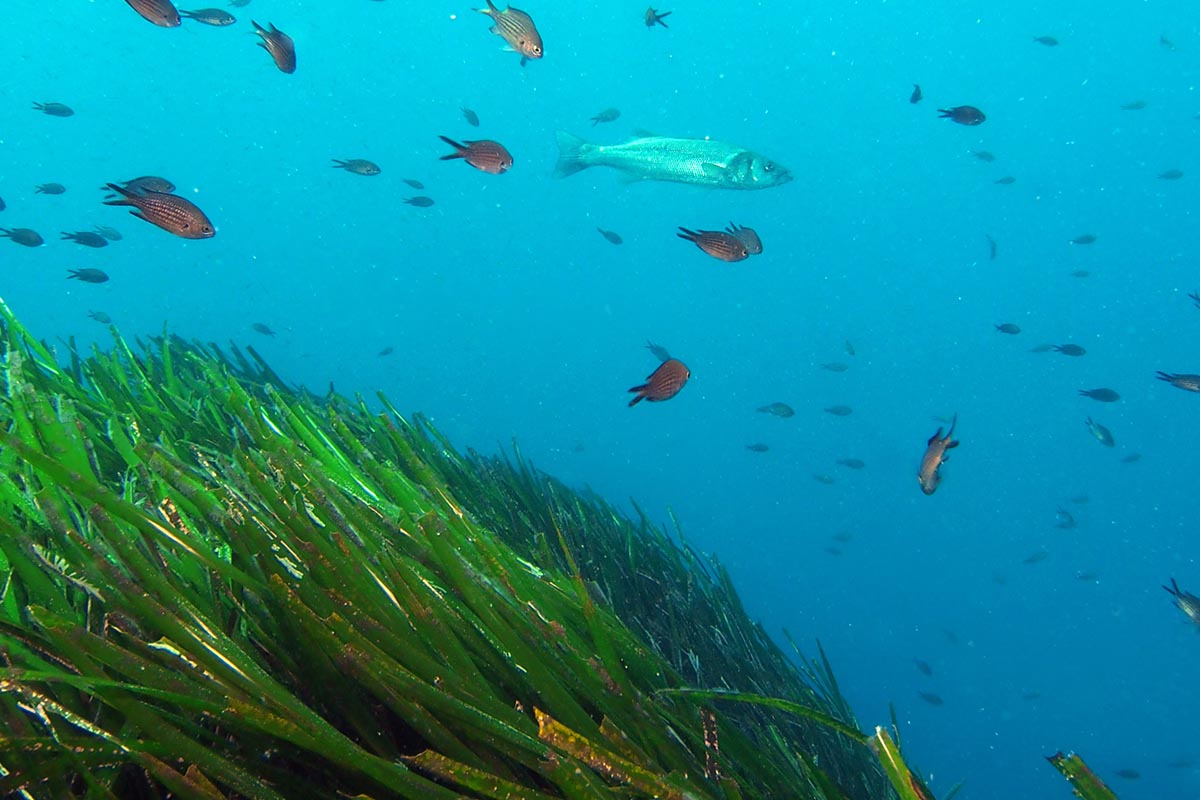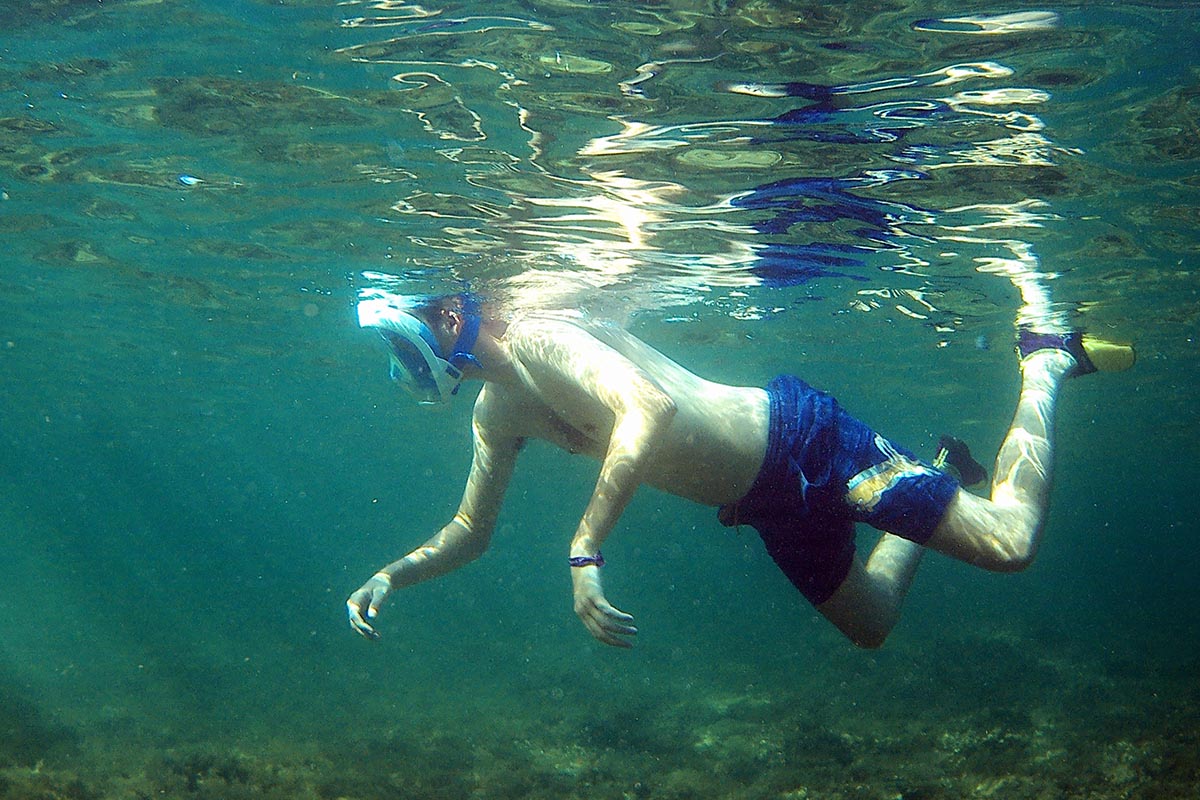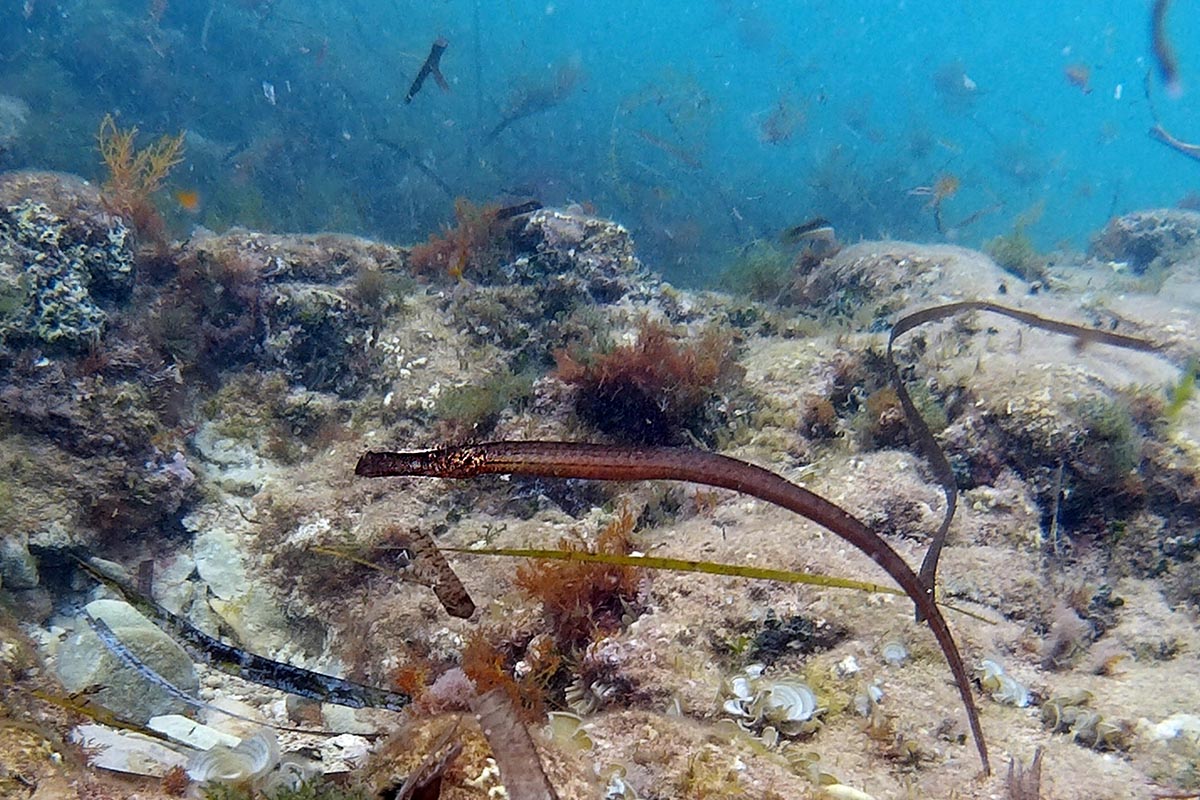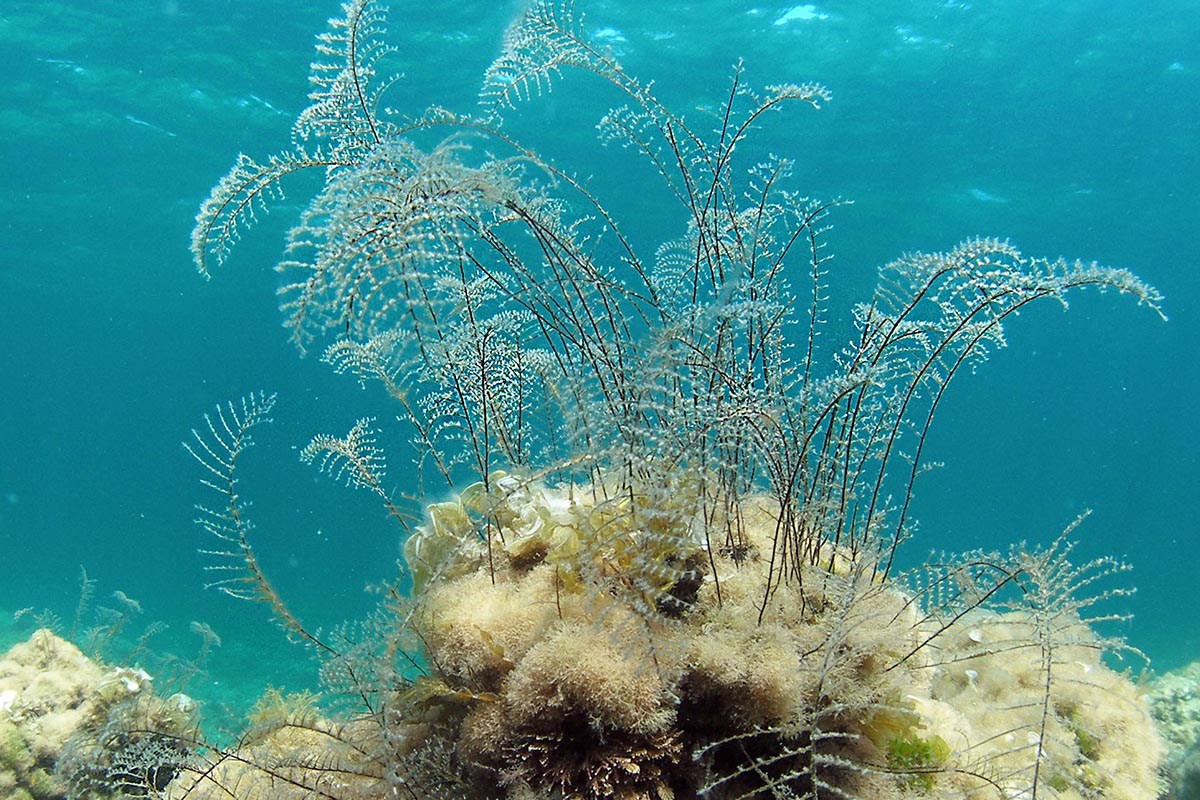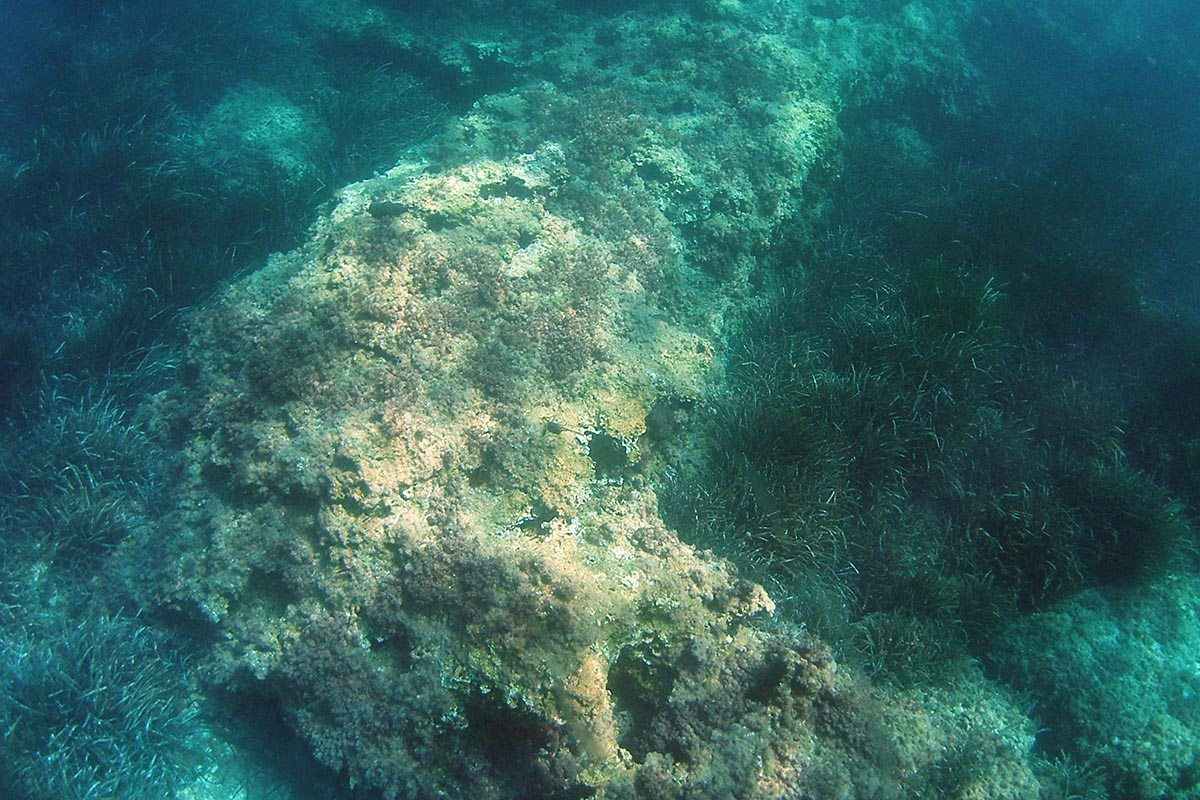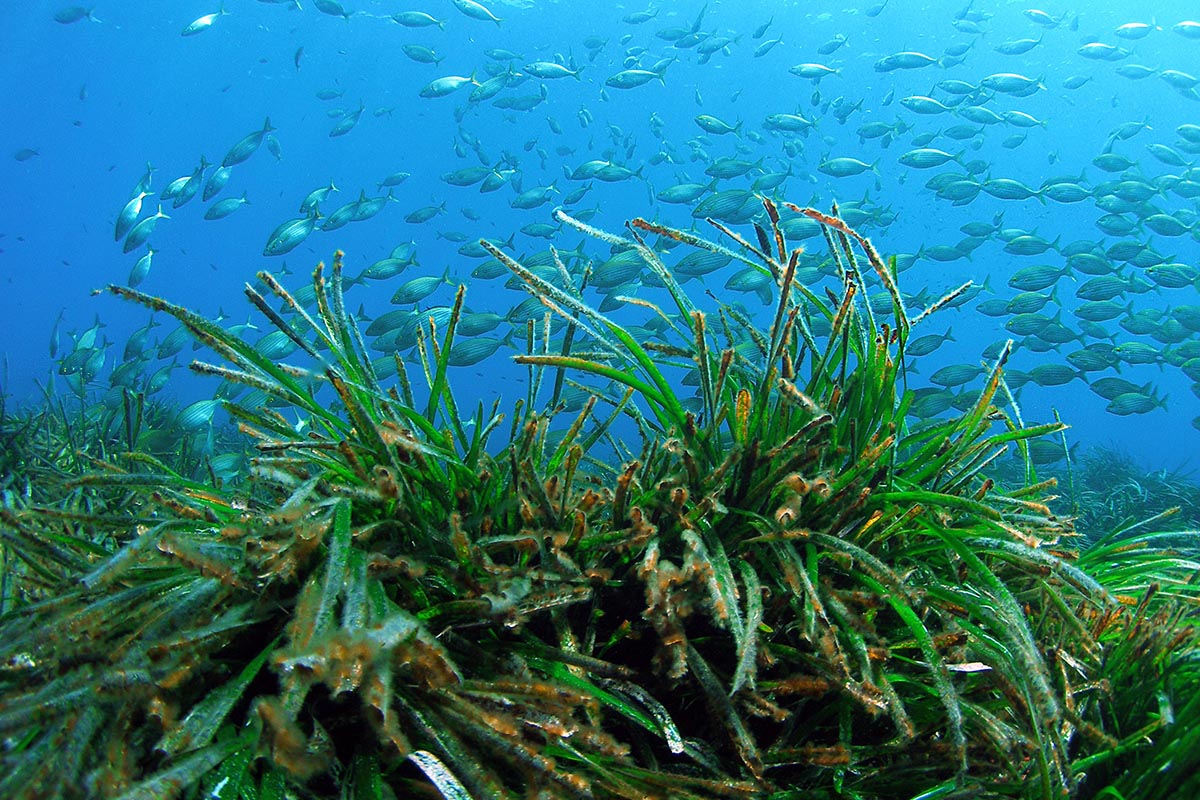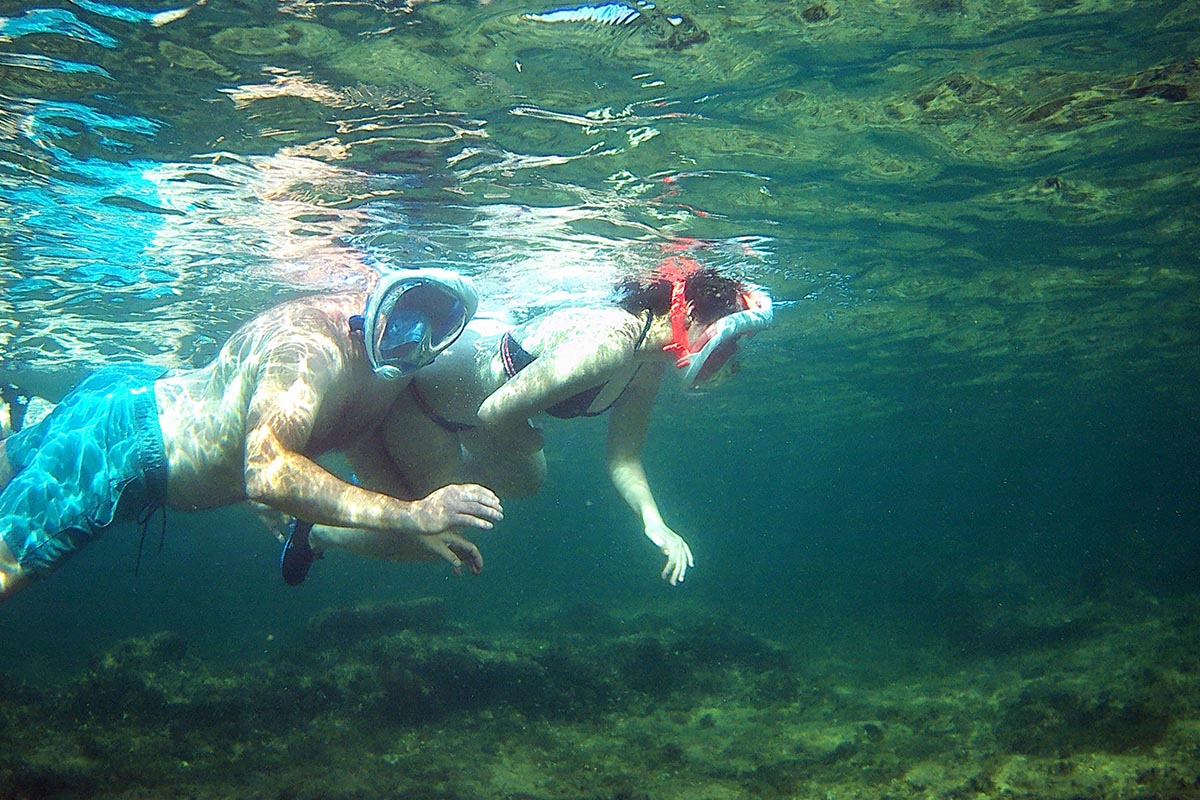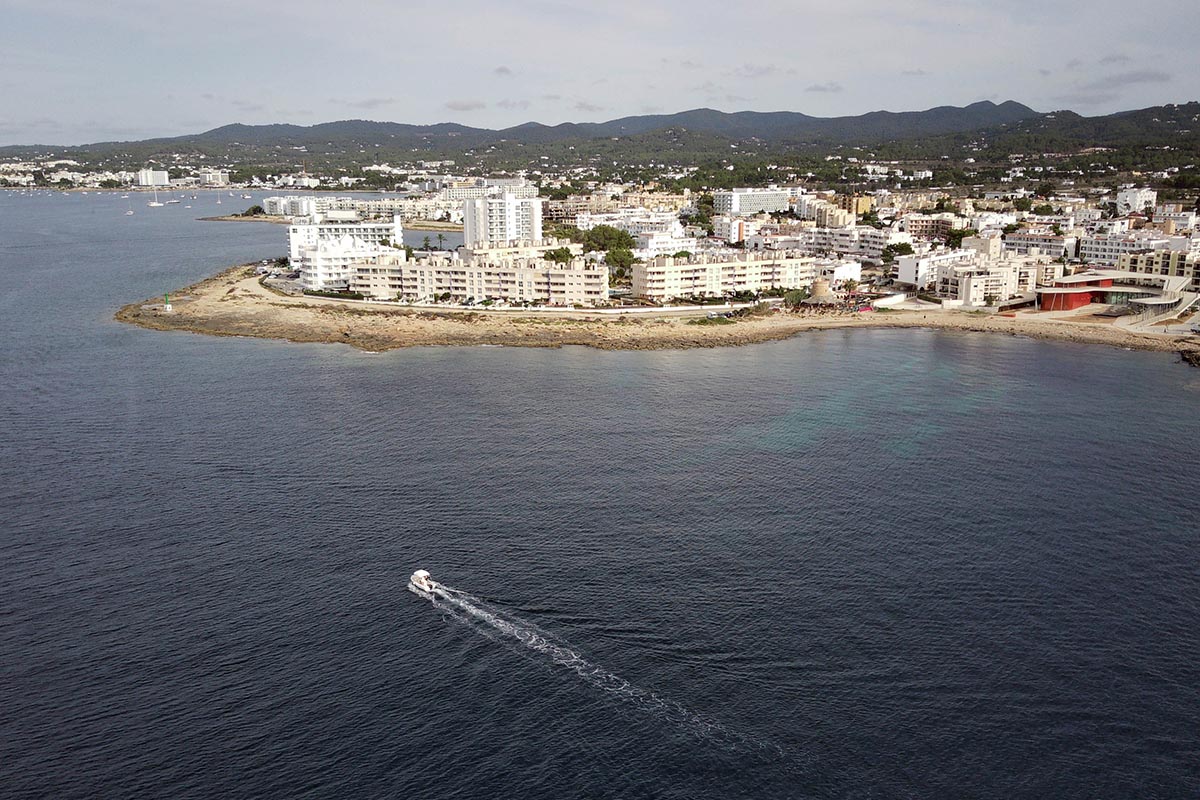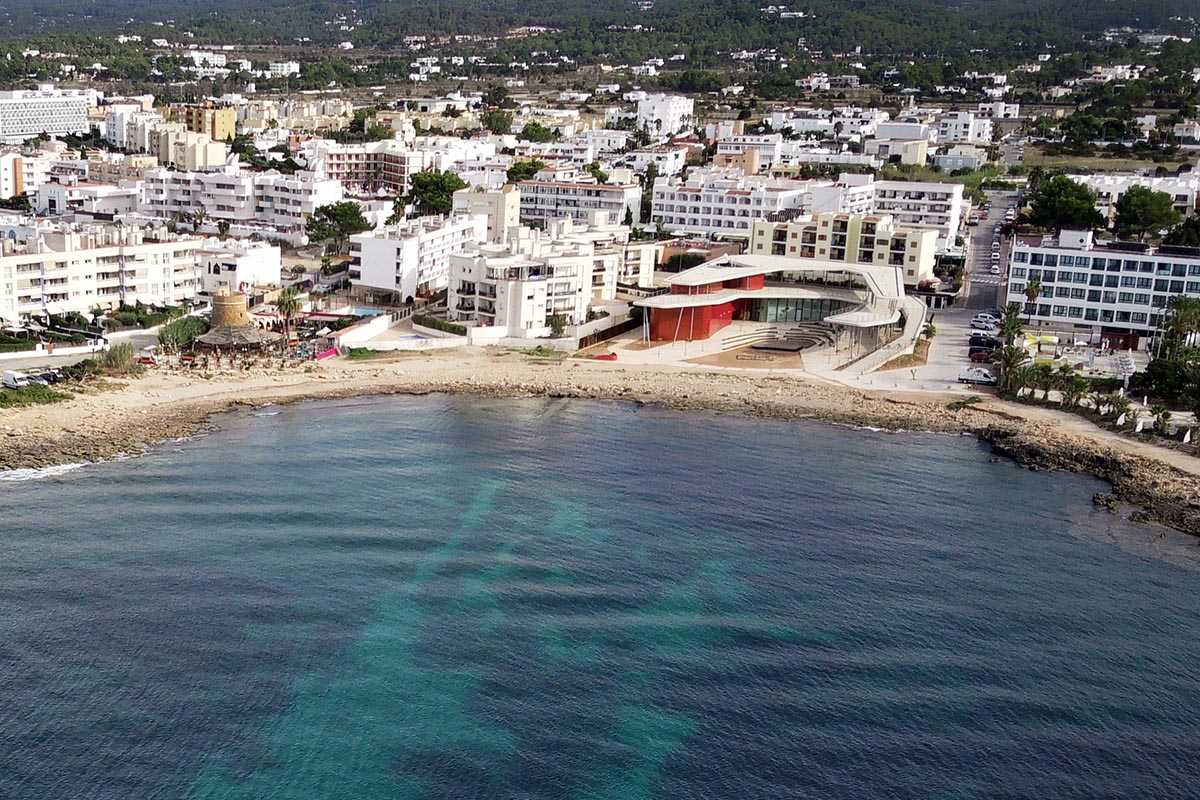The Ibizan salt pans were famous, even in Phoenician times, and subsequent chroniclers have highlighted their importance and the quality of their production. Trade in the white gold meant the creation of an infrastructure that facilitated extraction and transport of the material by sea. In different eras three docks were built to moor the loading barges. Two of these that still show remains of their industrial past are the dock at La Xanga (at the end of d’en Bossa beach, in the area of Sal Rossa) and another in the area of Es Cavallet point, known as the Eastern dock. The third dock is the one that currently transports and loads the salt onto the vessels that are moored at the facility. The pier extends some hundred metres to the south and is raised on several concrete blocks, a few metres above sea level. It is equipped with conveyer belts that bring the merchandise from the dock to the holds of the ships that travel from northern Europe where Ibizan salt is a much-prized commodity. The structure was built in the 19th century, on the site of the original ancient pier known as Es Carregador de Sal (the salt loading bay) and, along with steam powered mechanisation, it marked the leap into modern times of an industry which until that point had been completely manual.
The whole place has a magical air, particularly at sunset, and it is the most striking part of the village of Sa Canal, together with the charming salt workers’ houses, the stores and the huge administrative building at the end of the access road.


